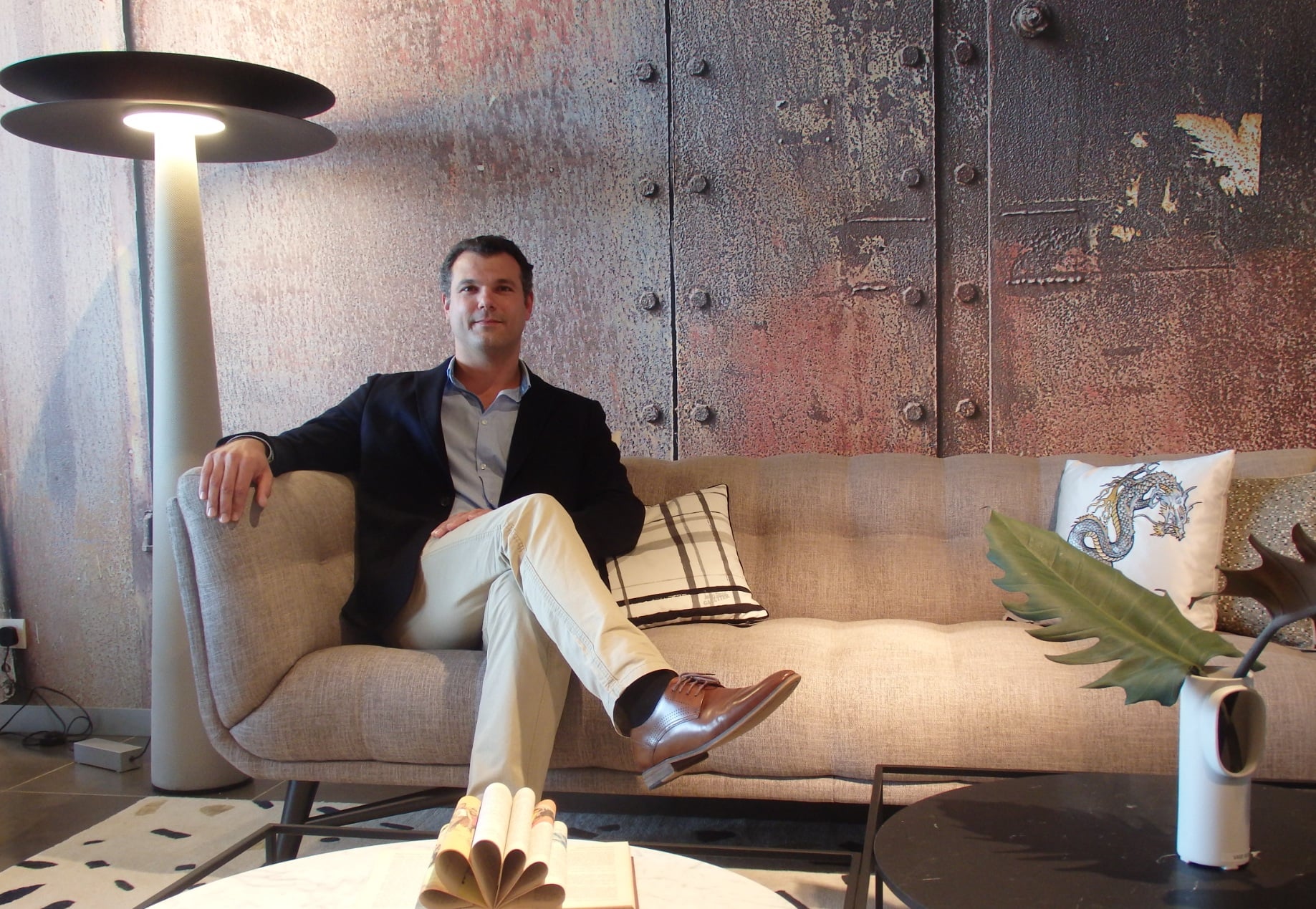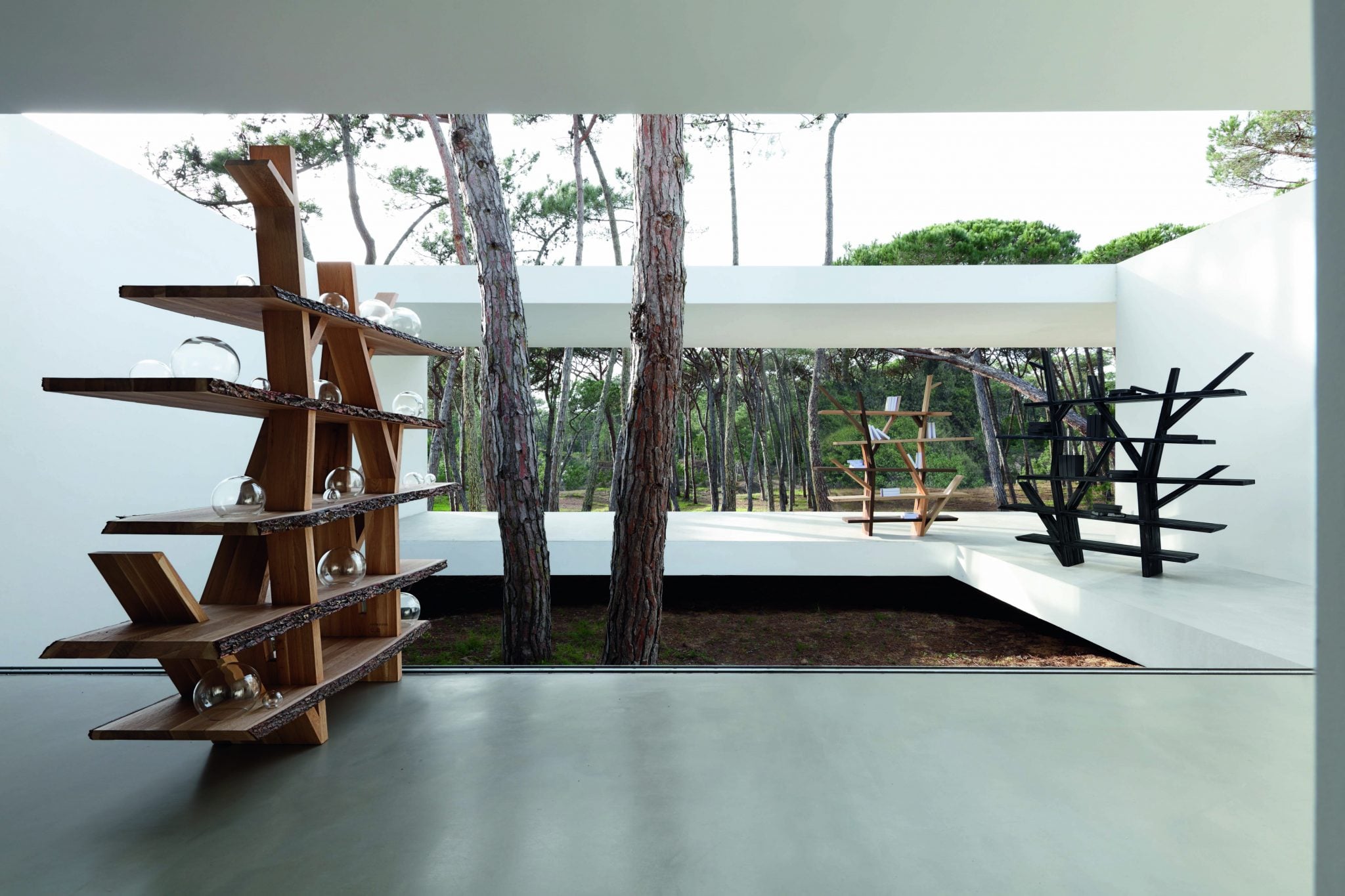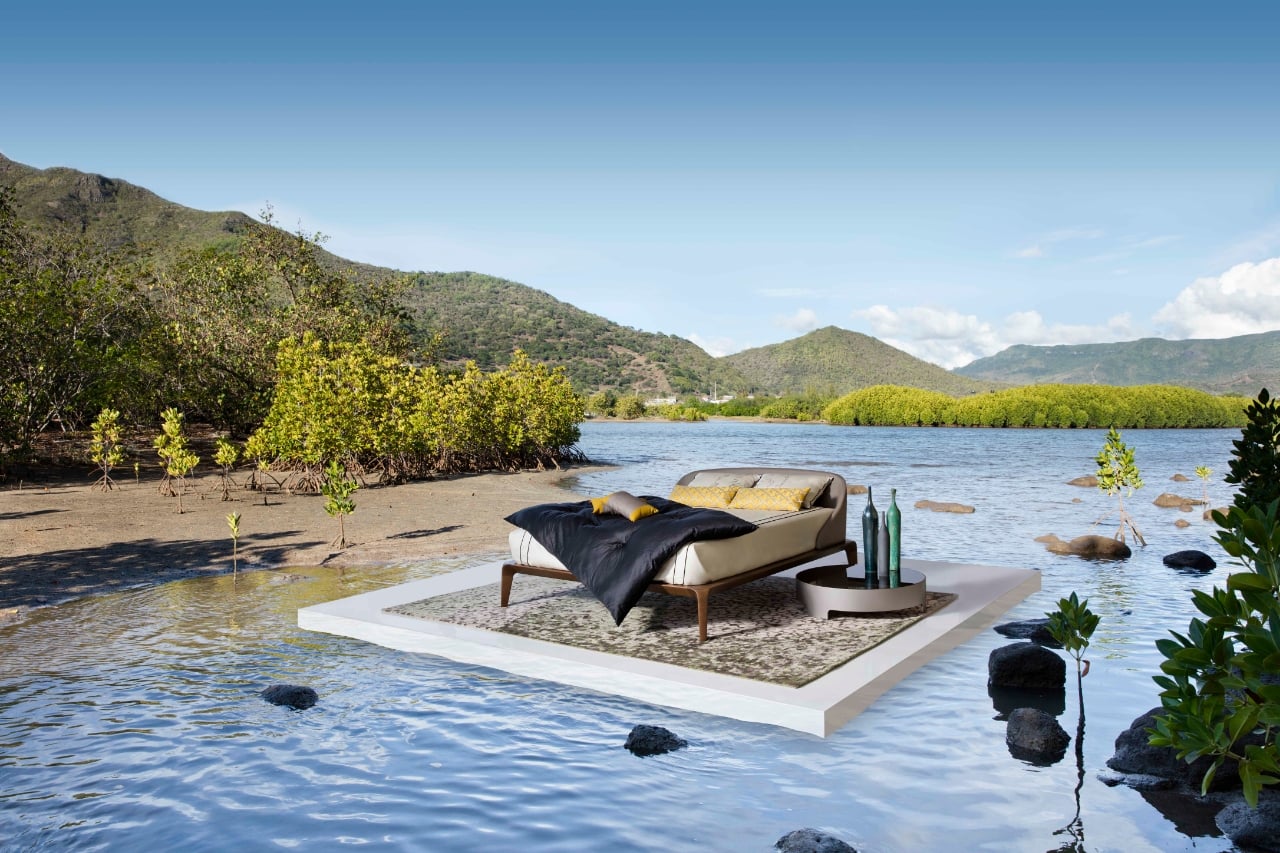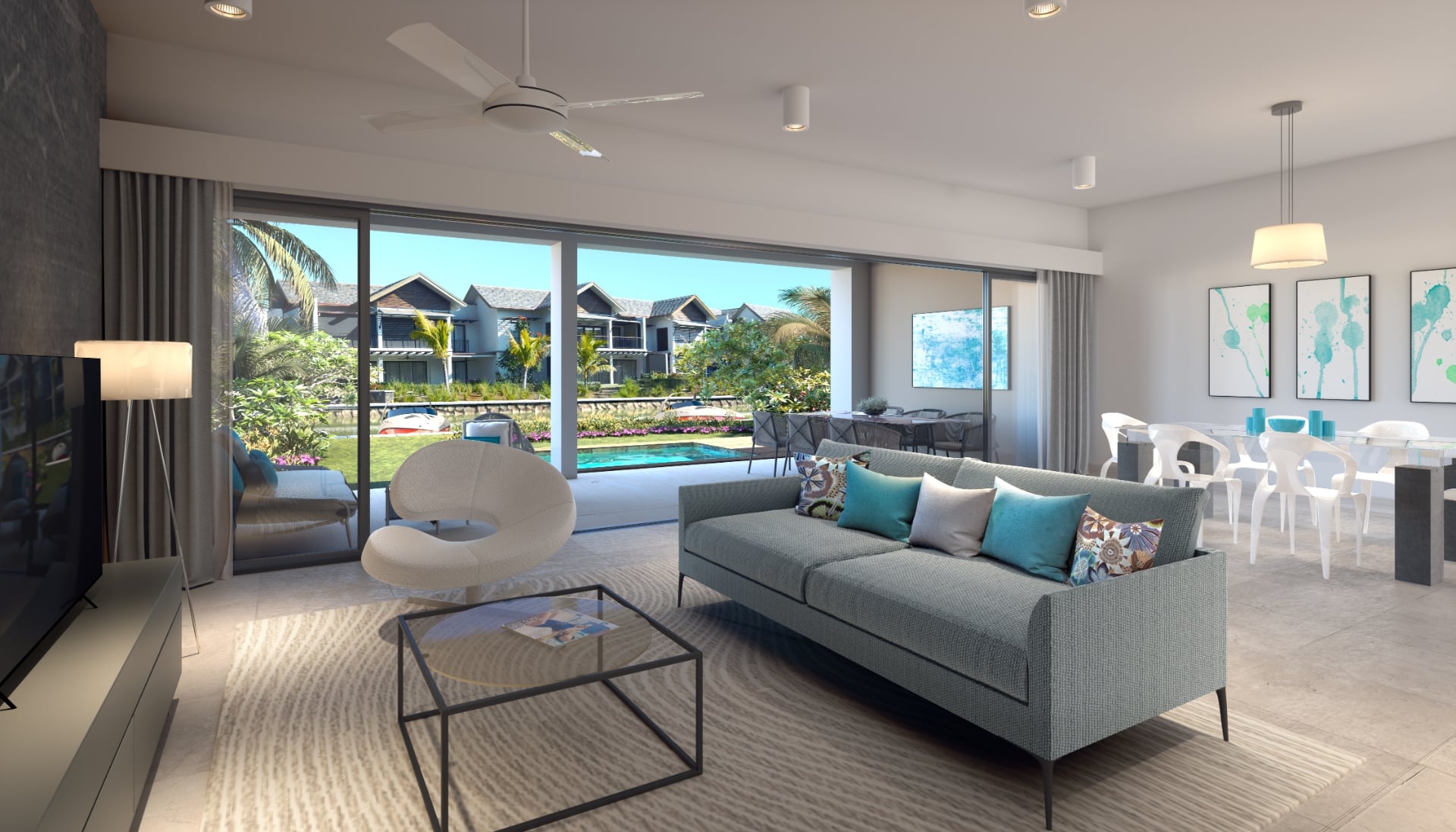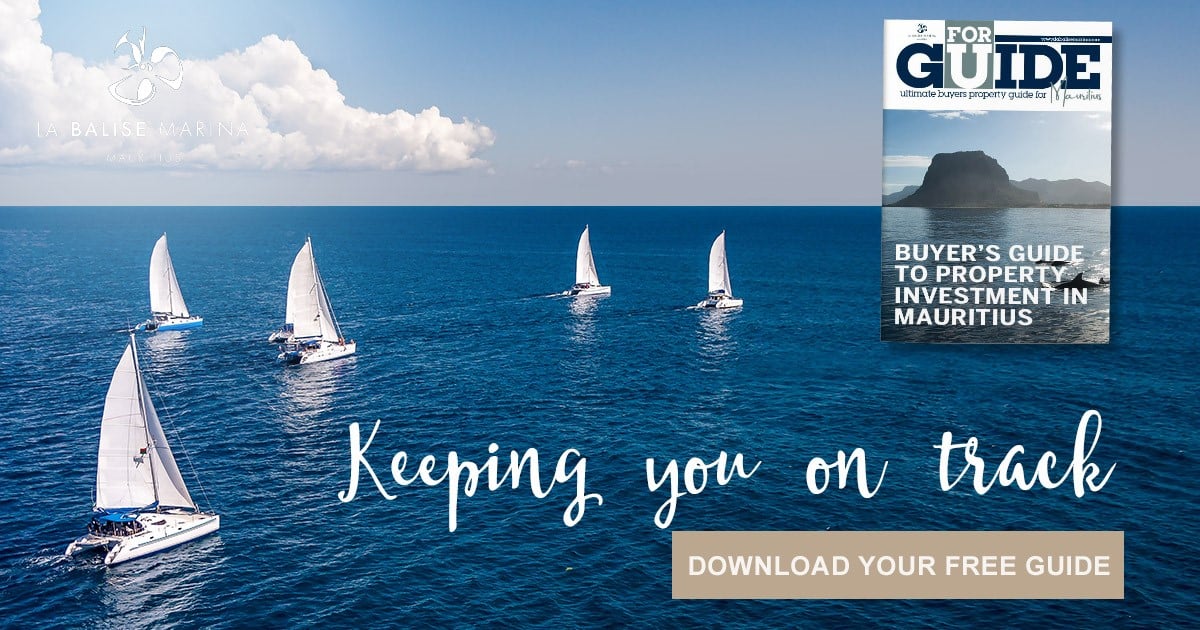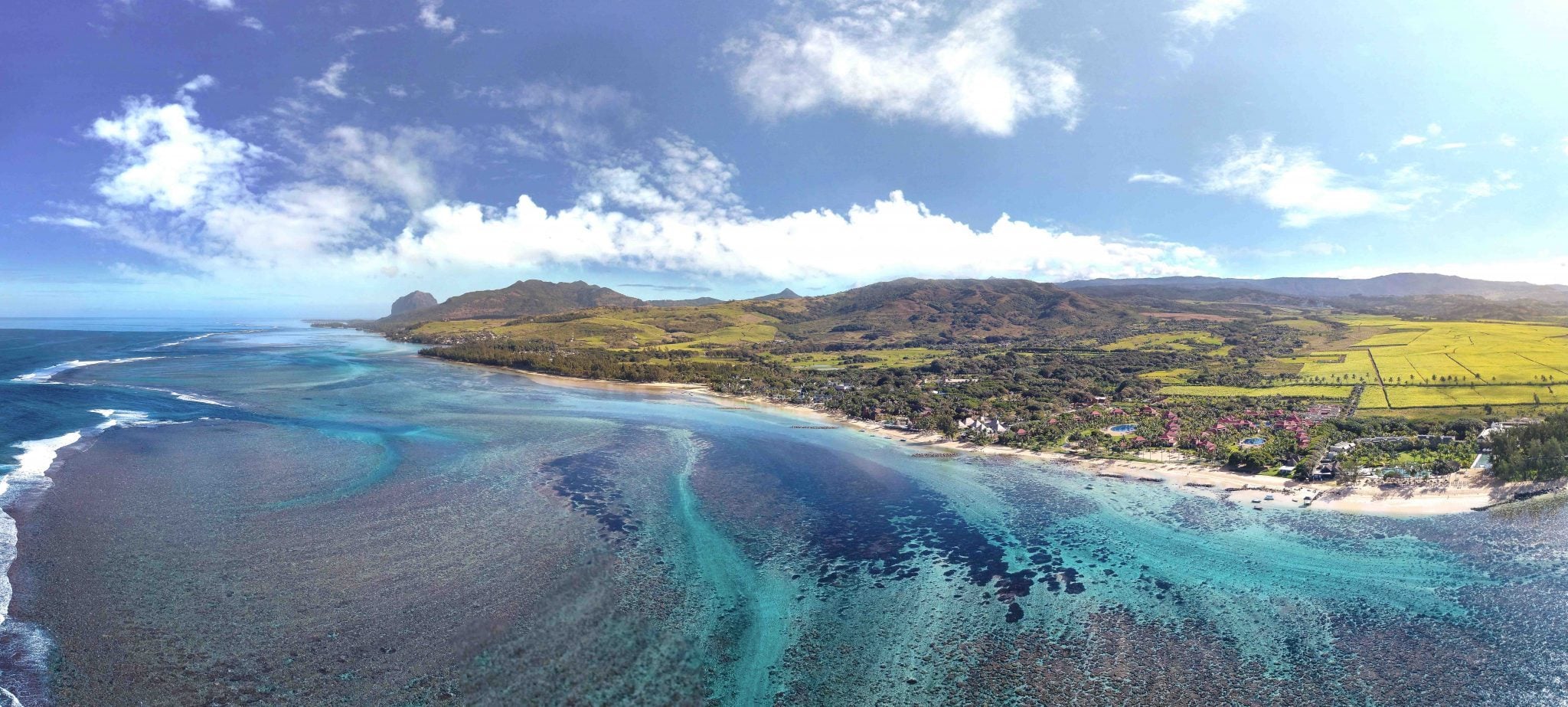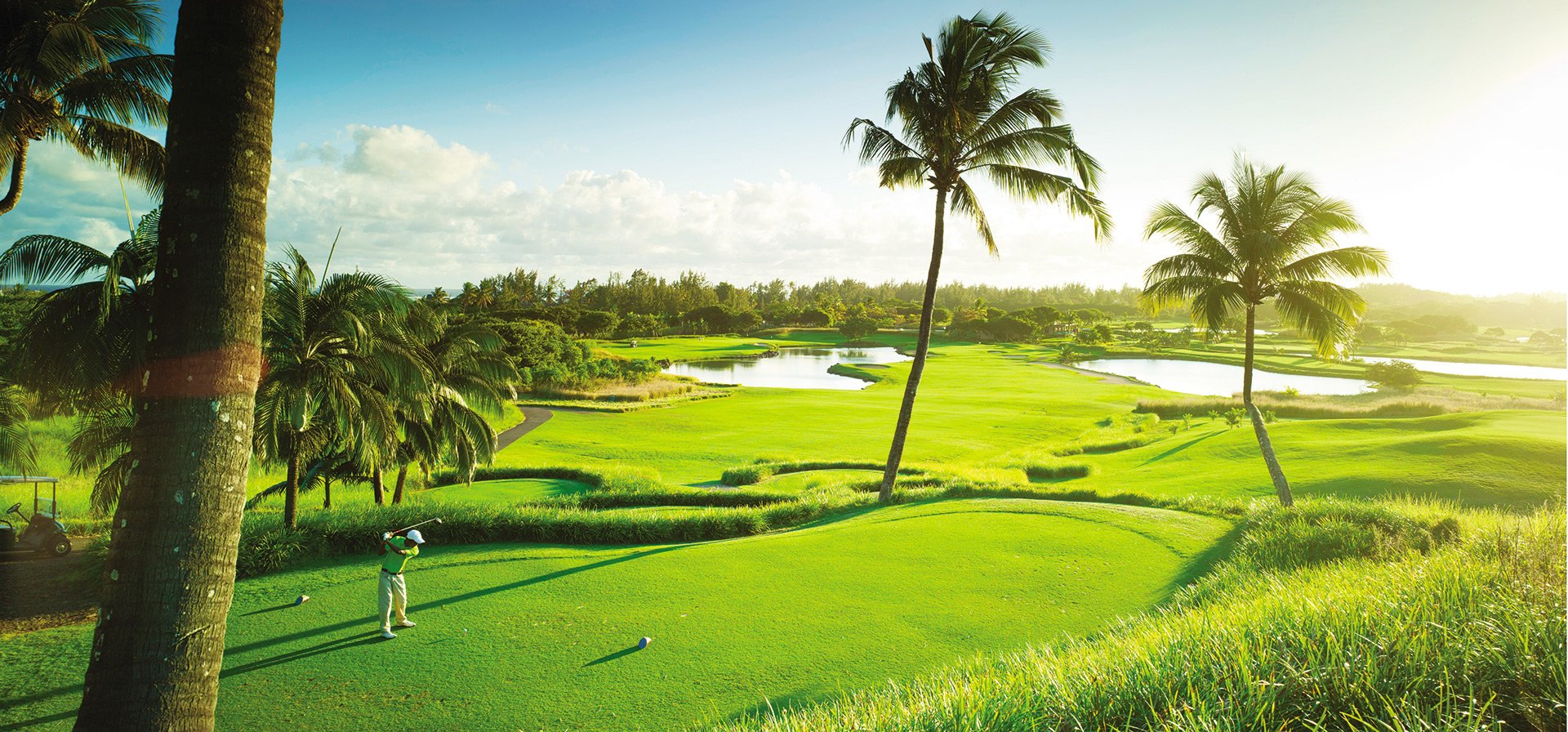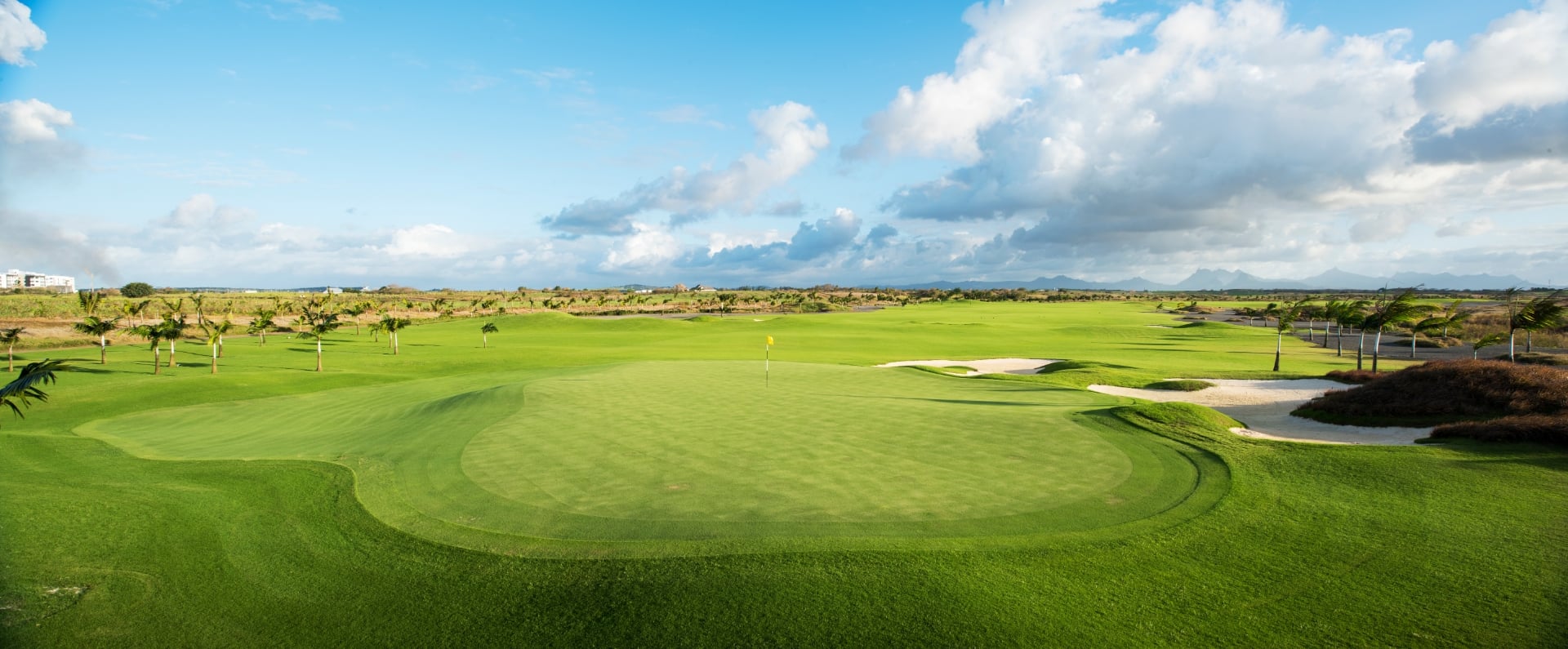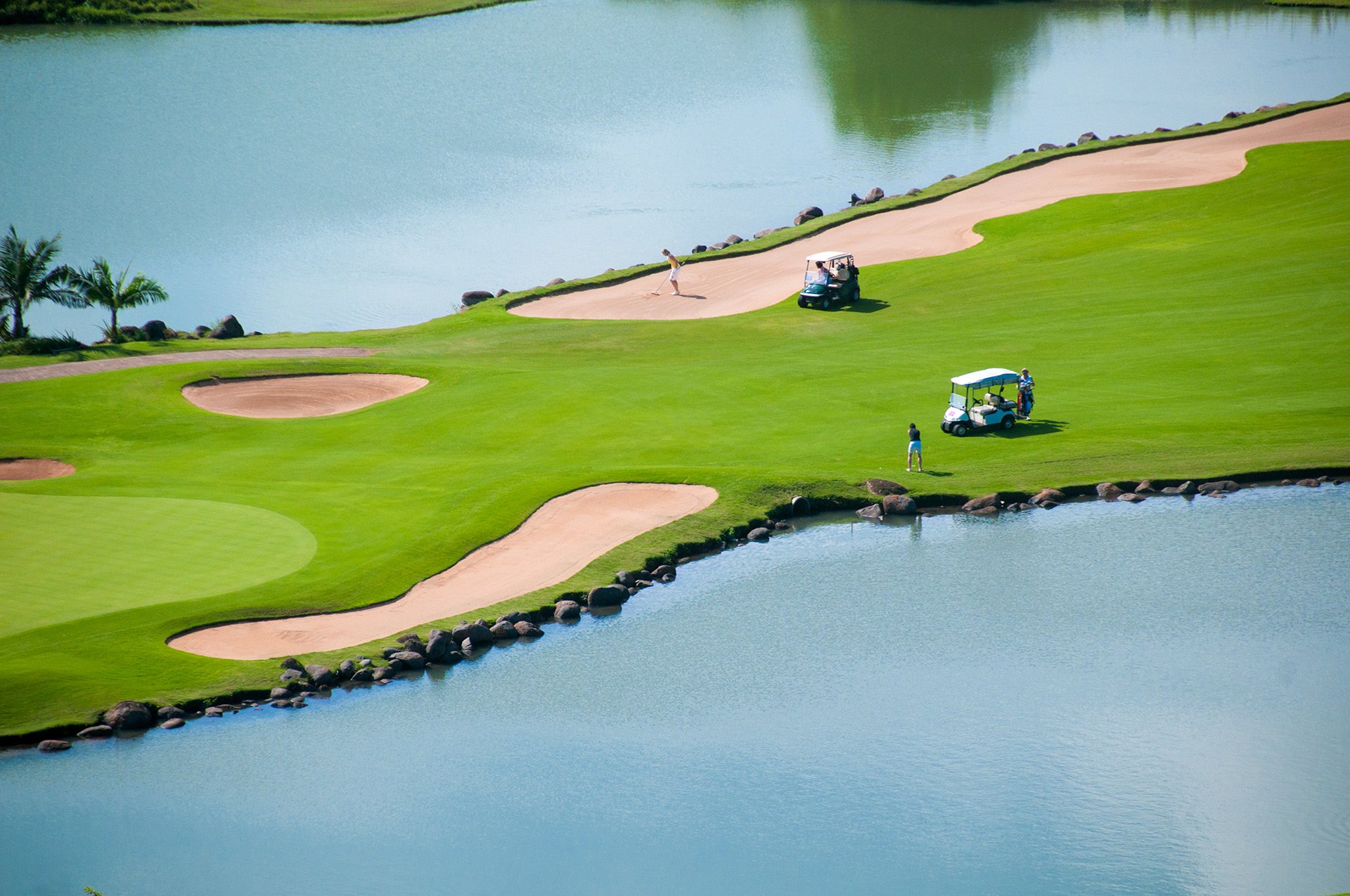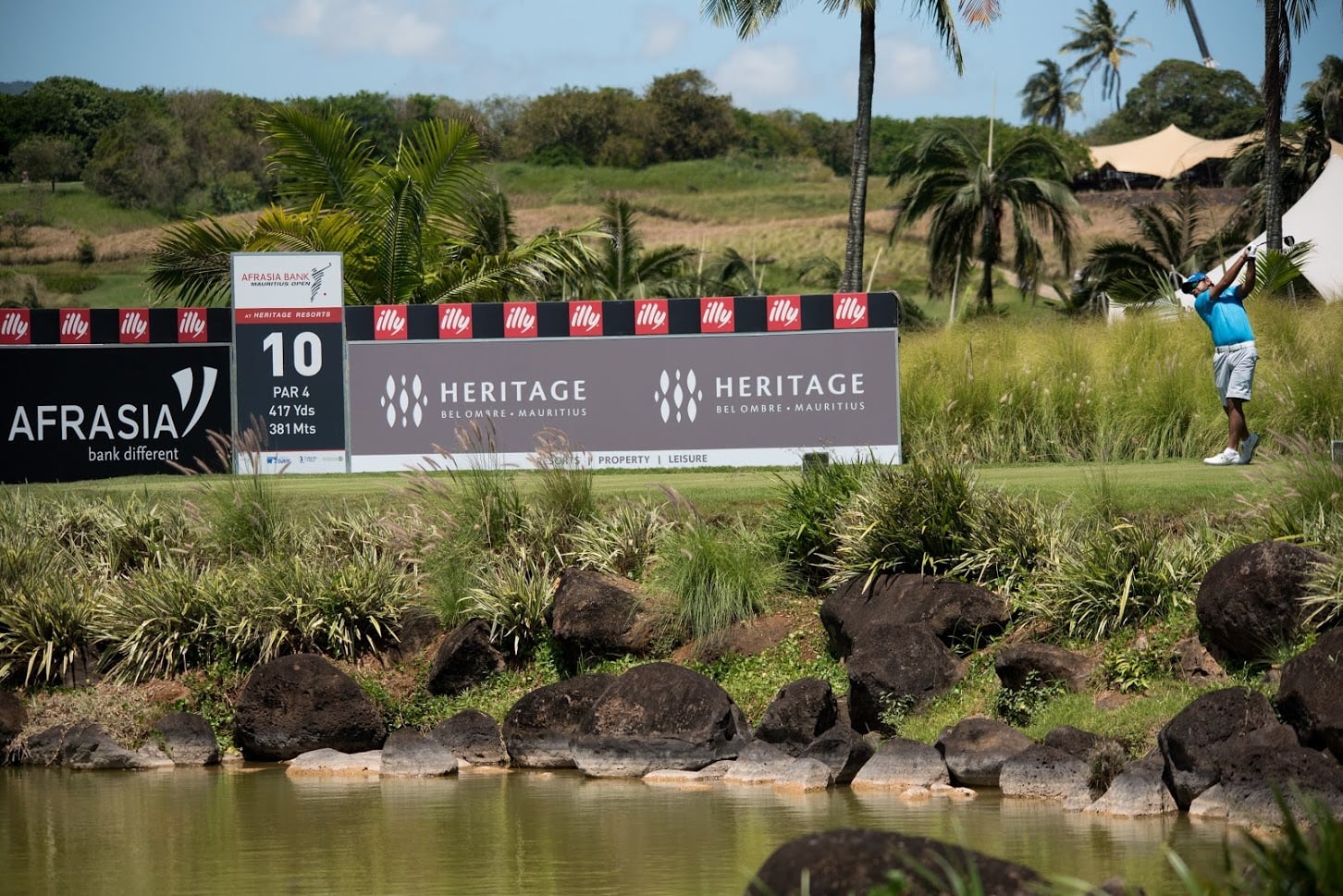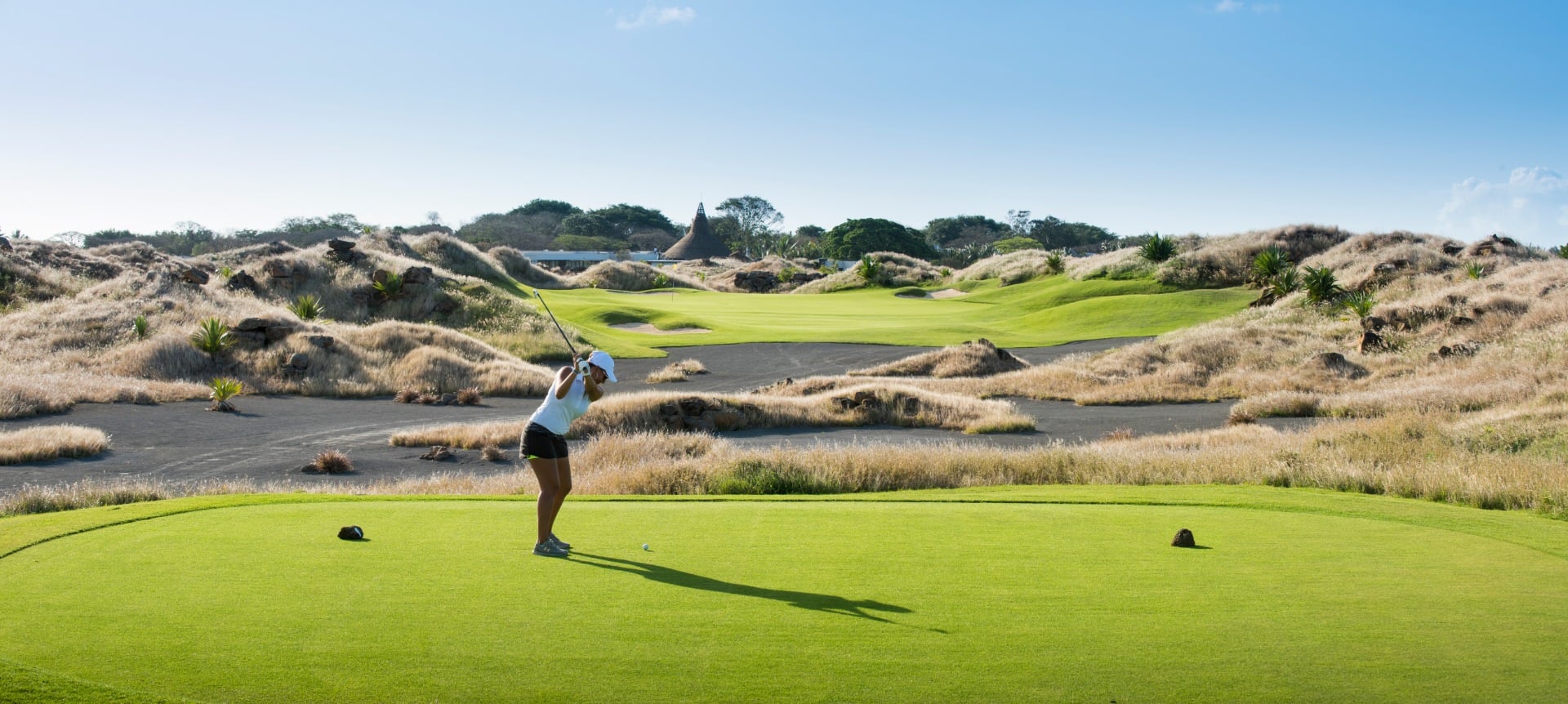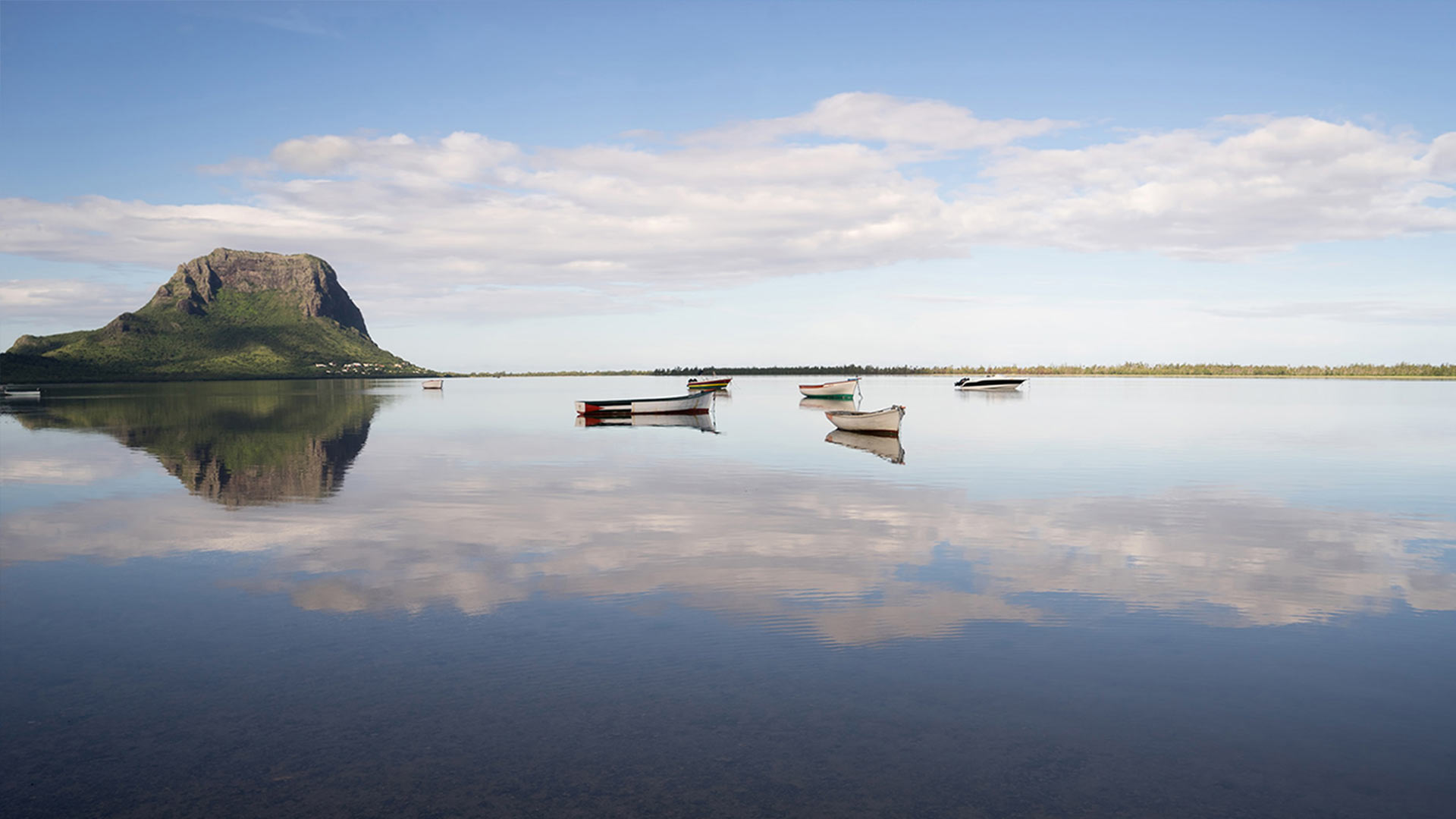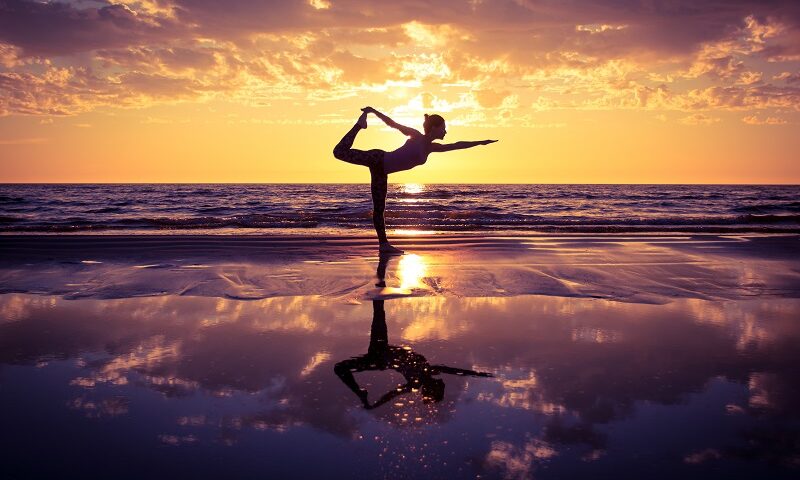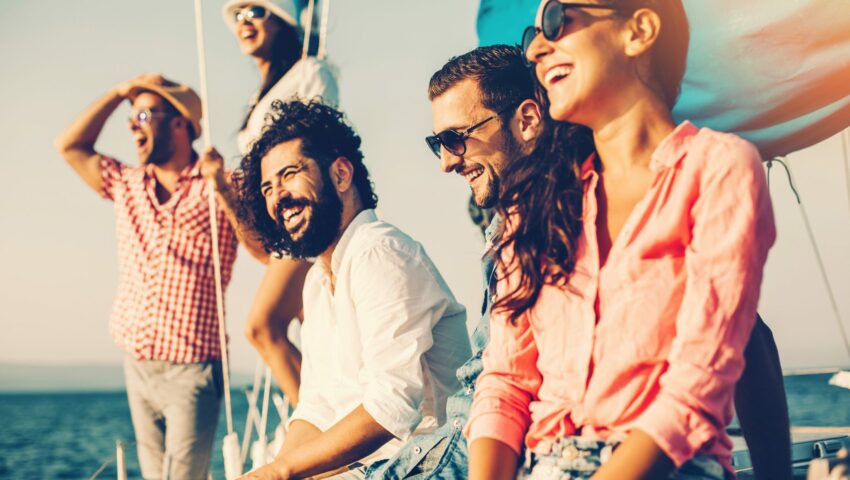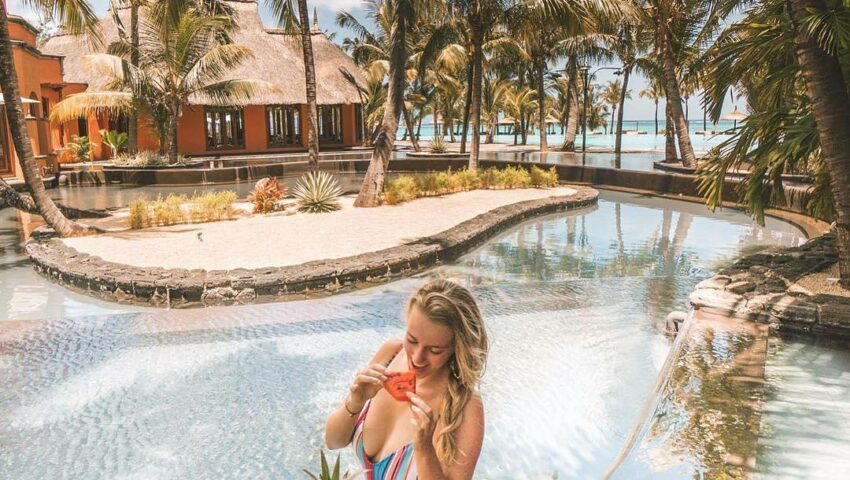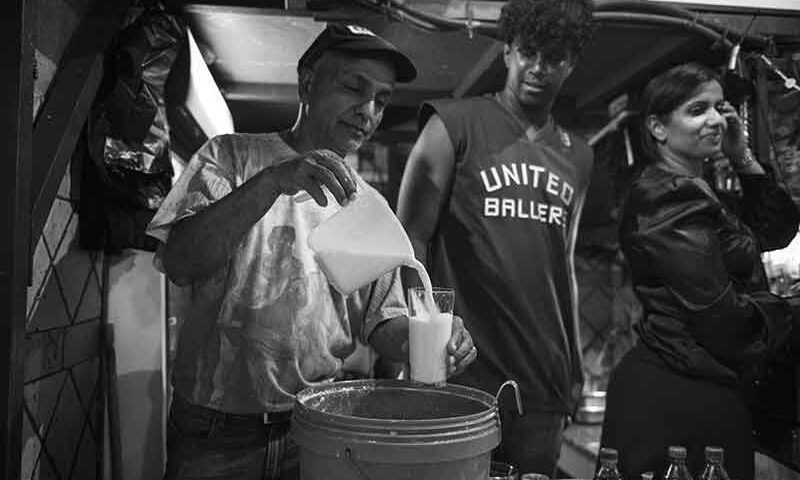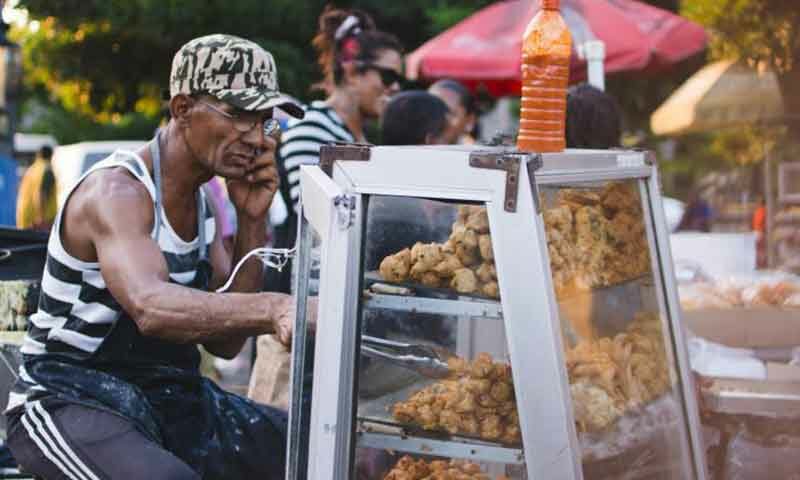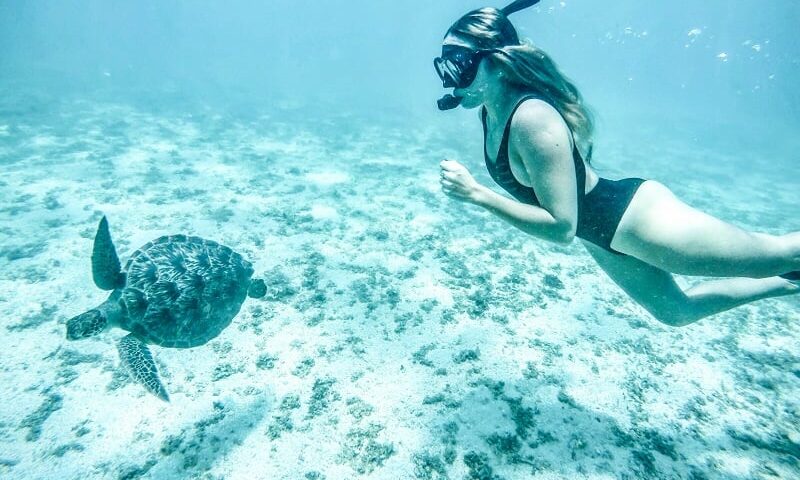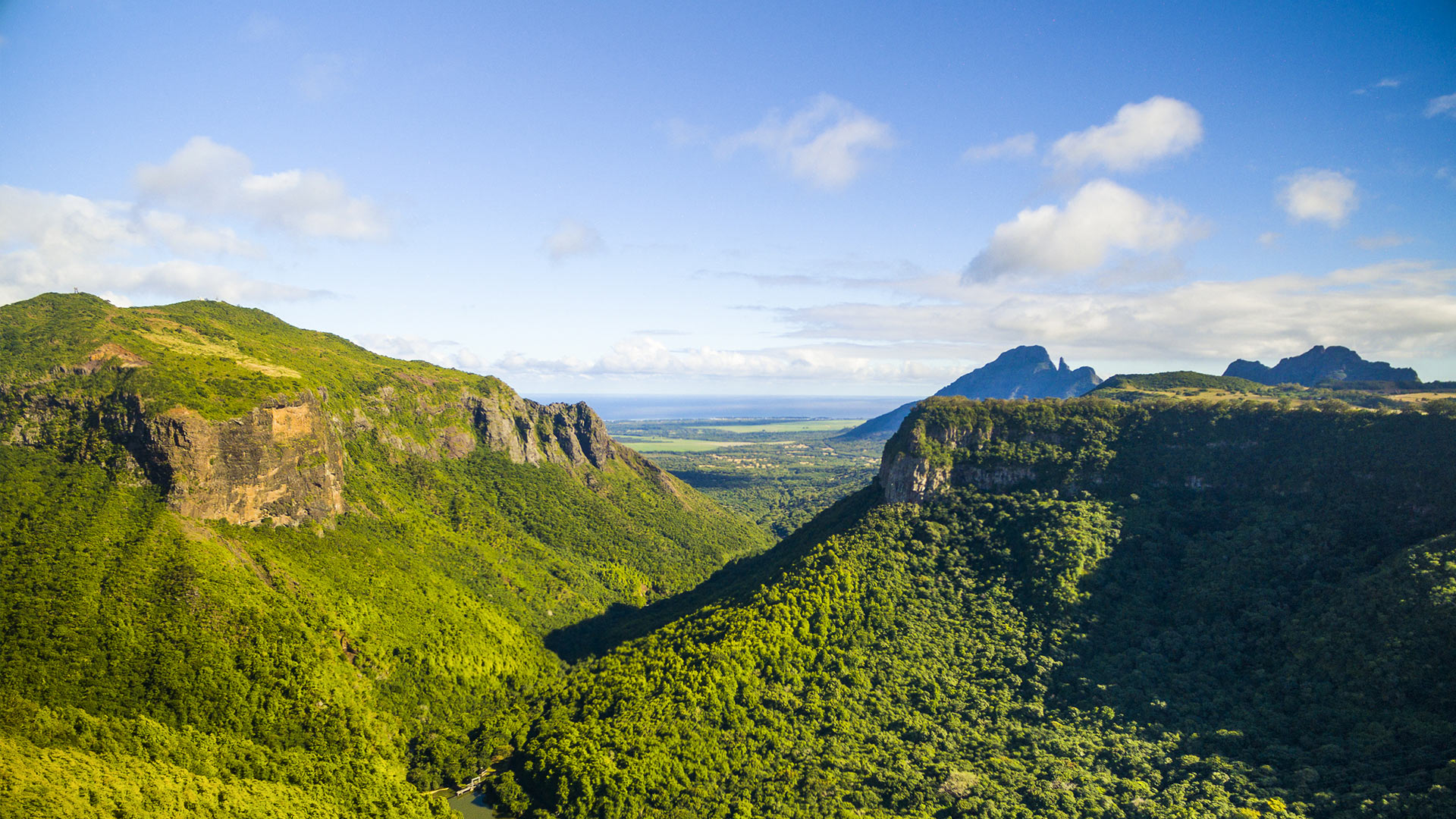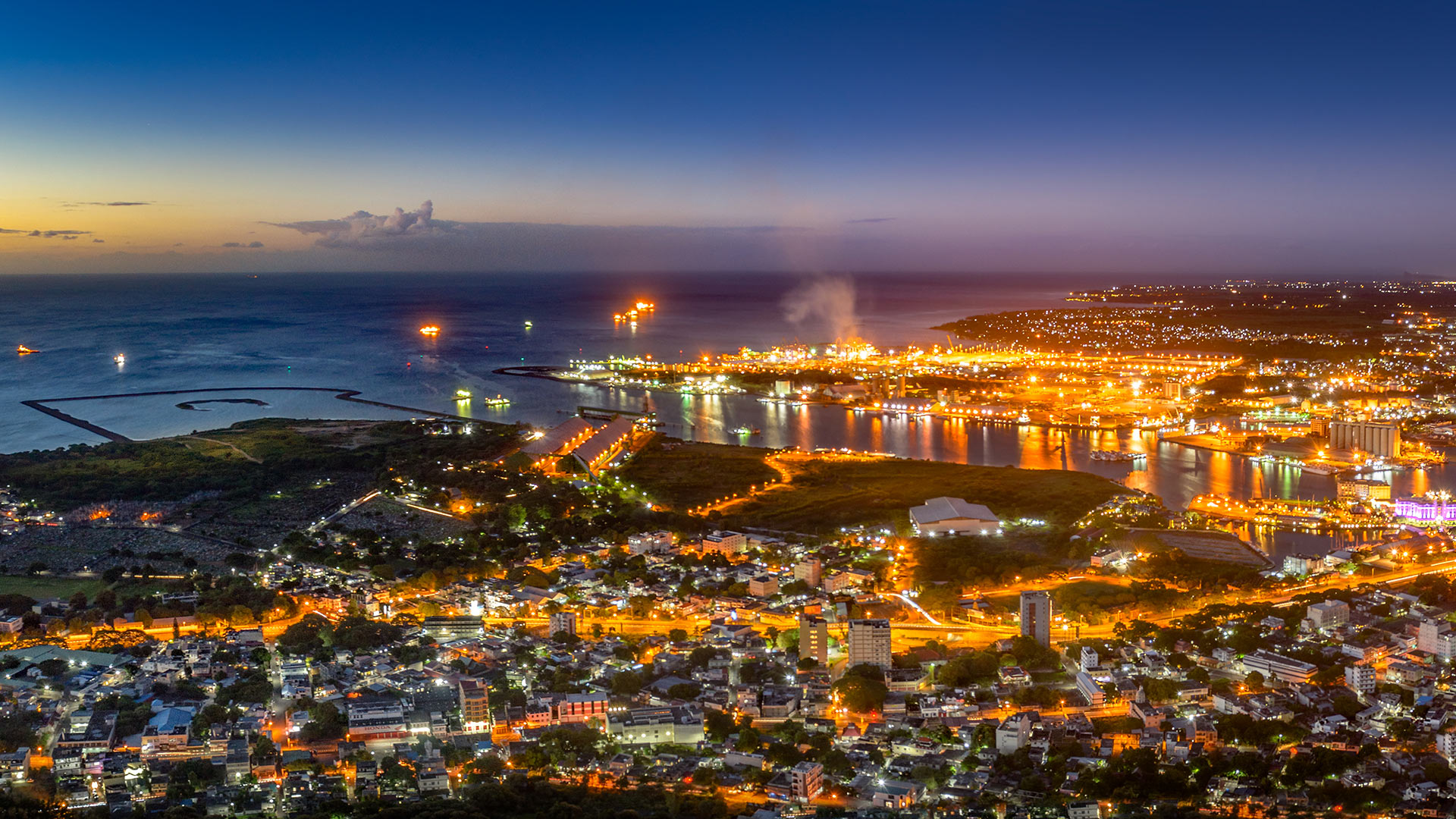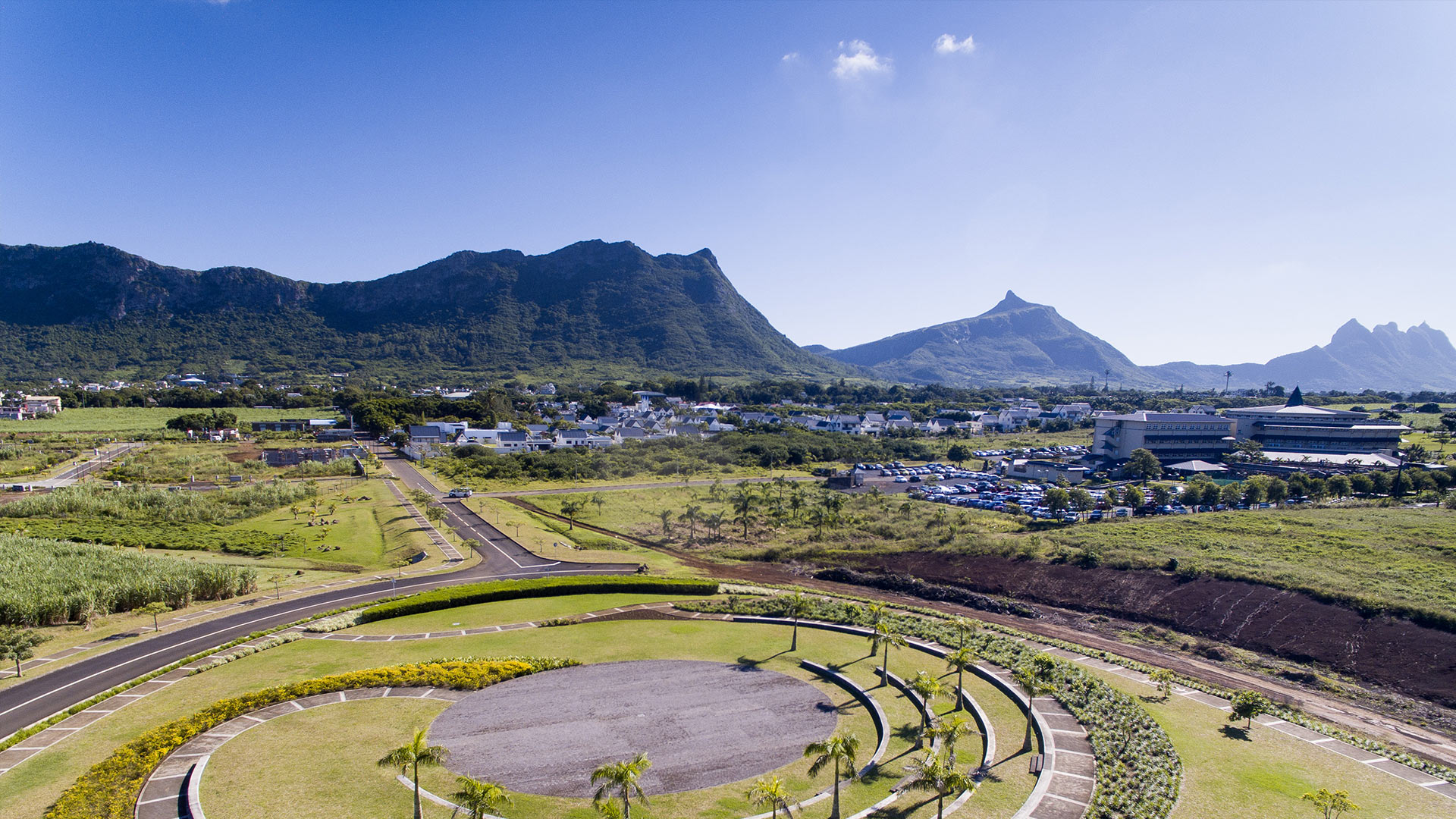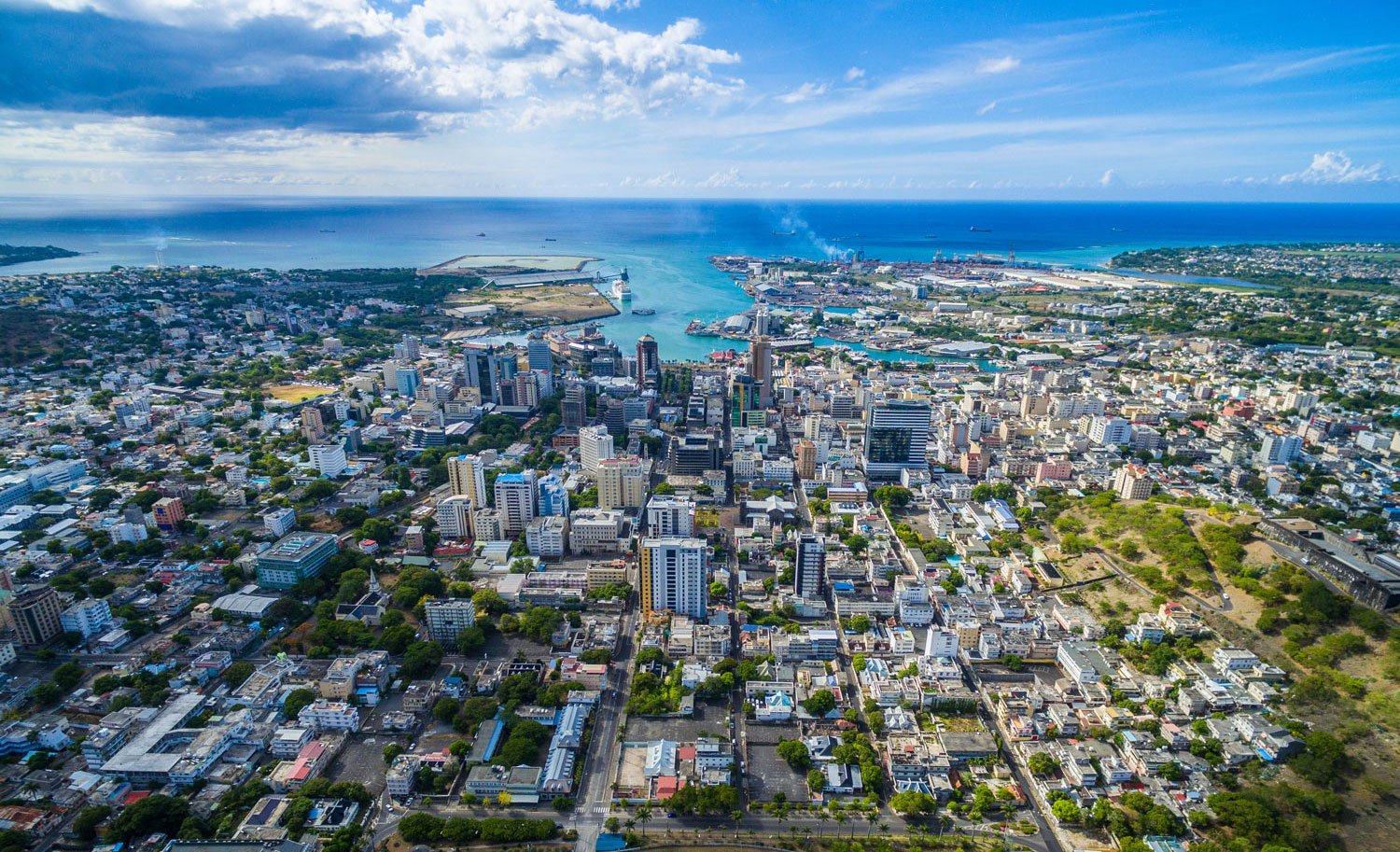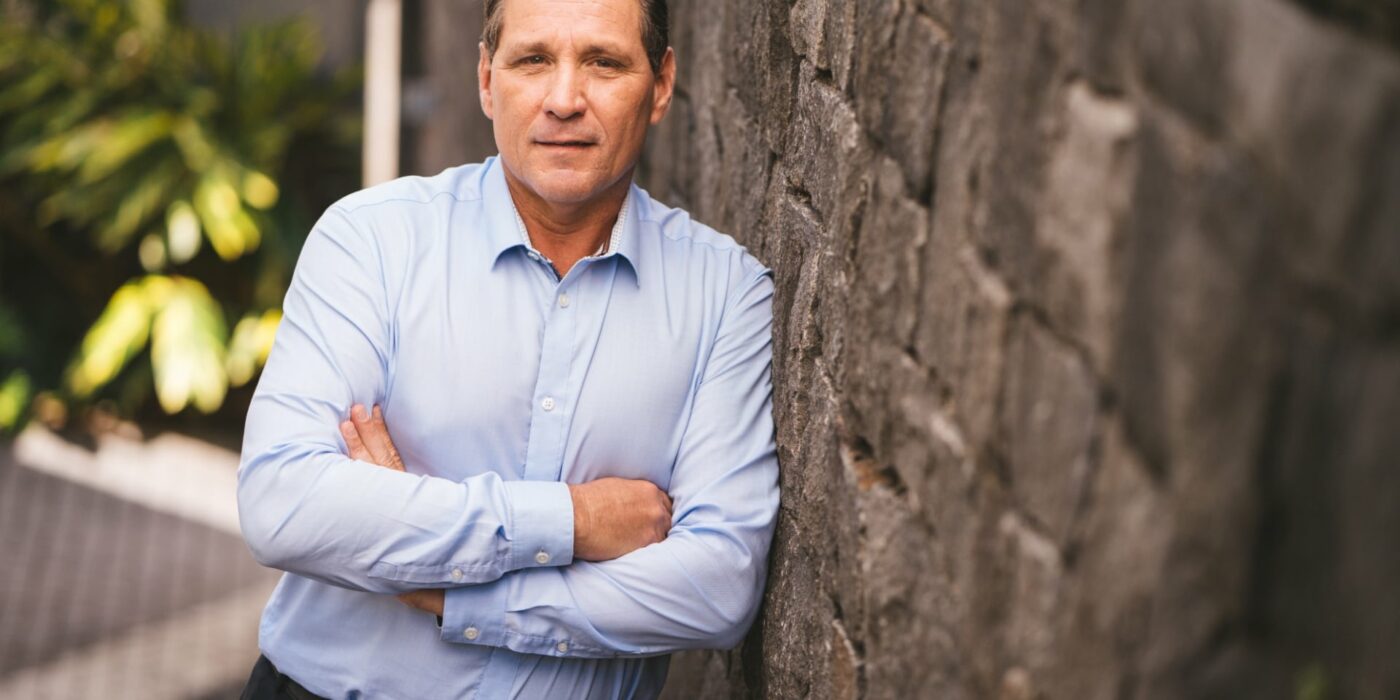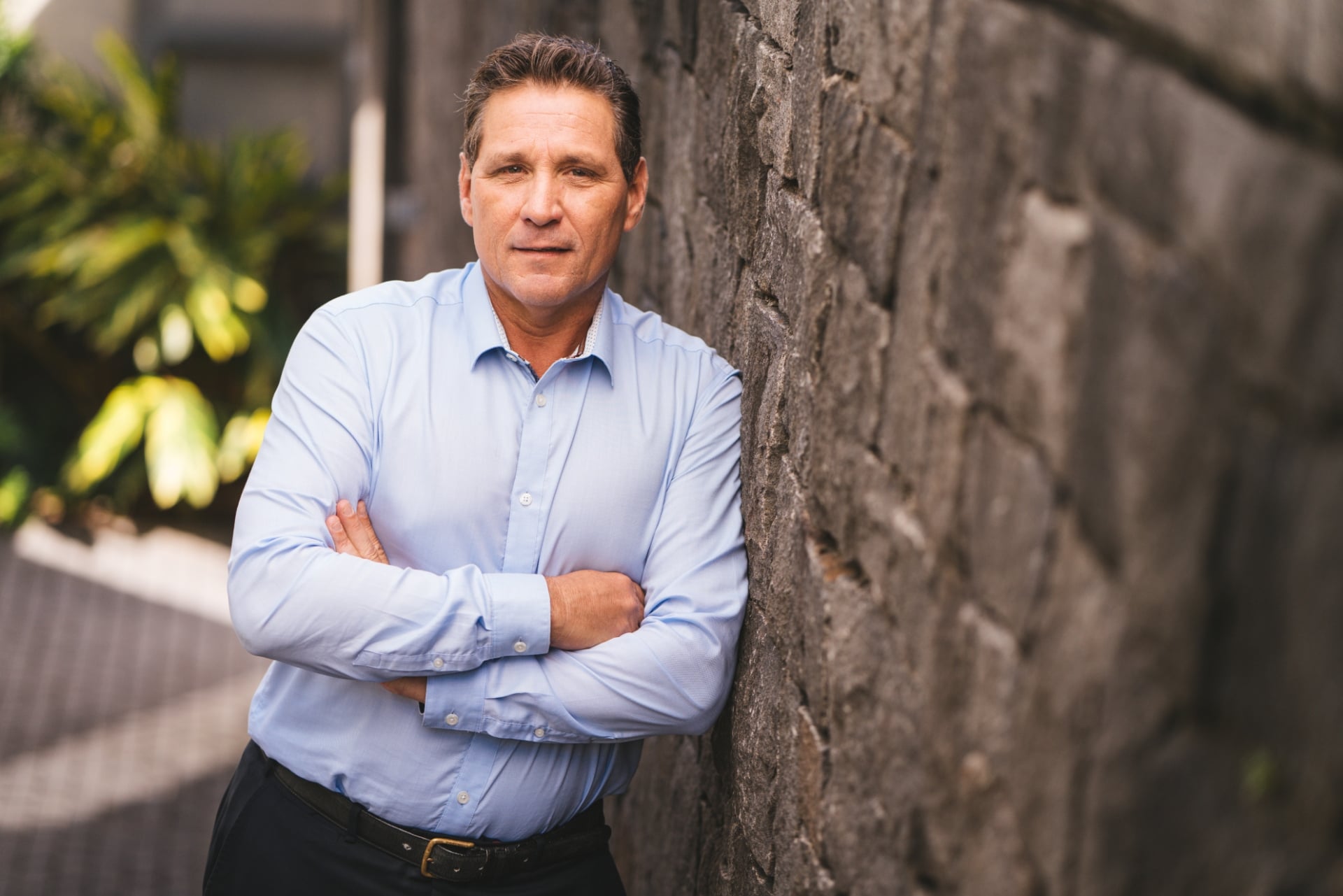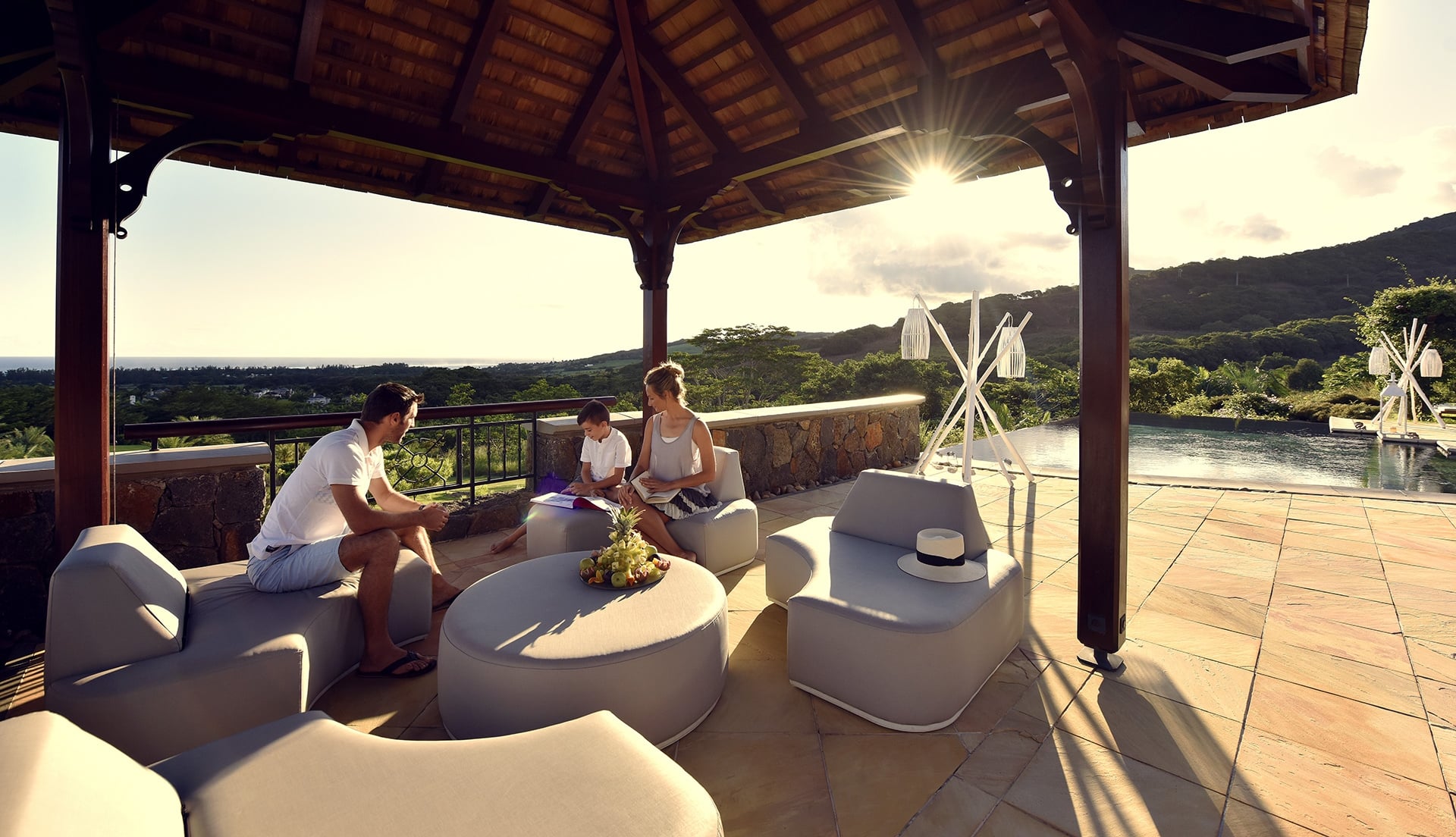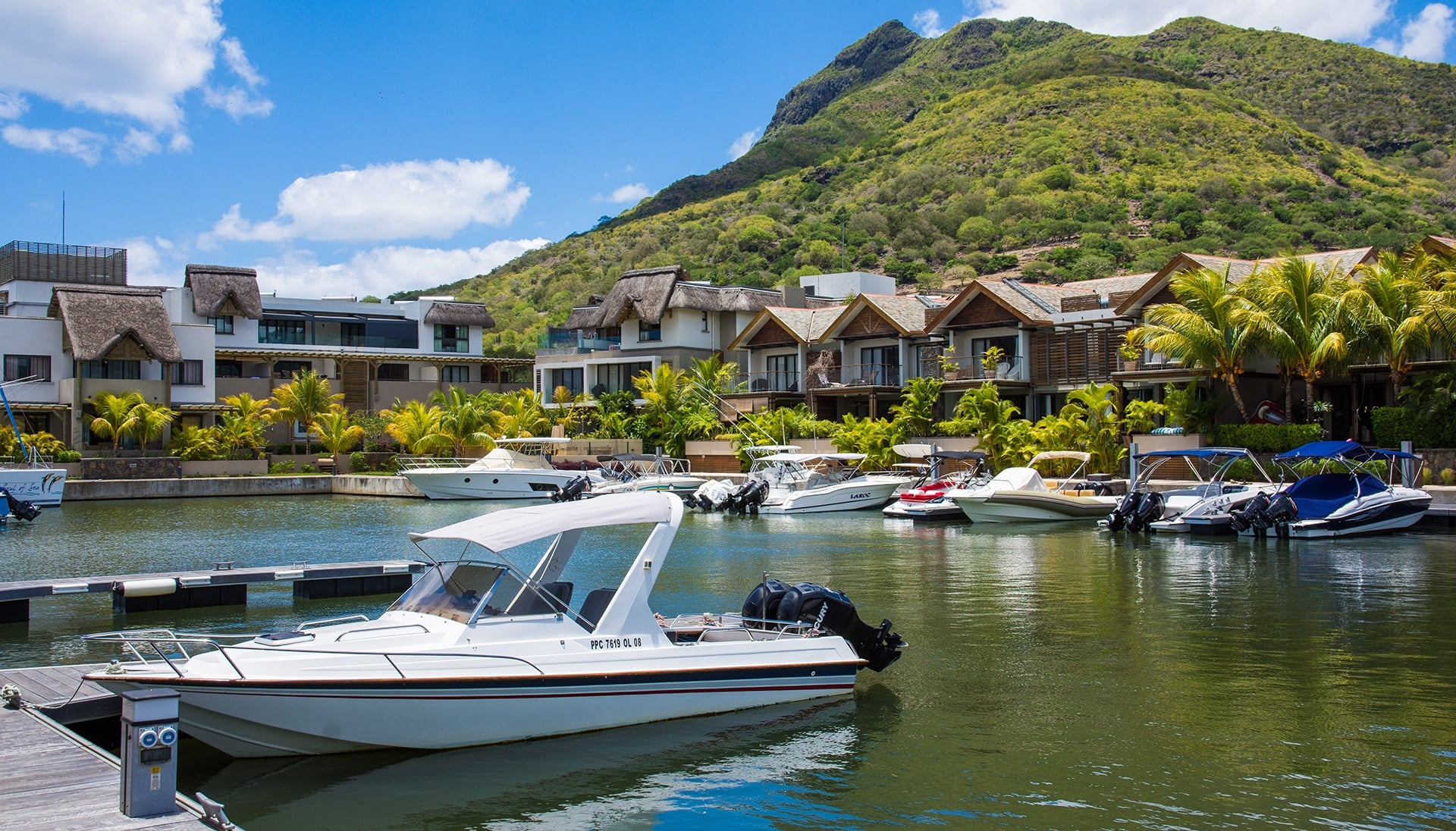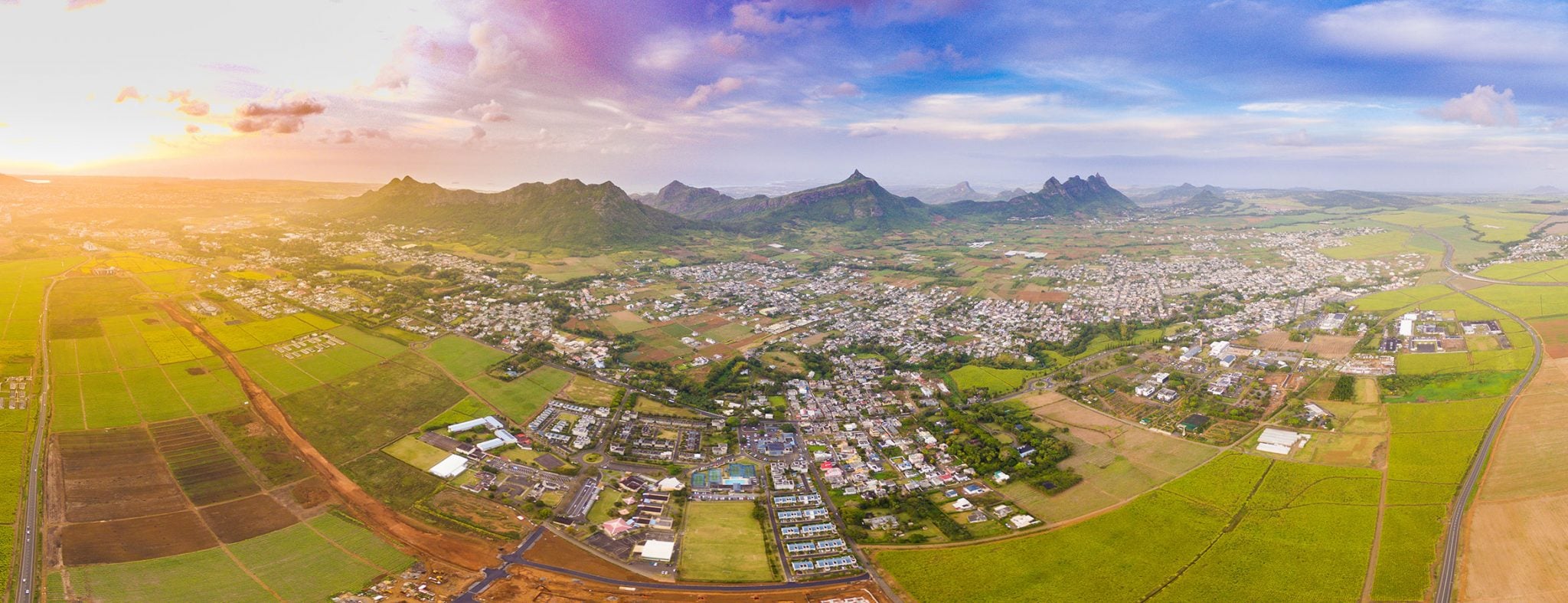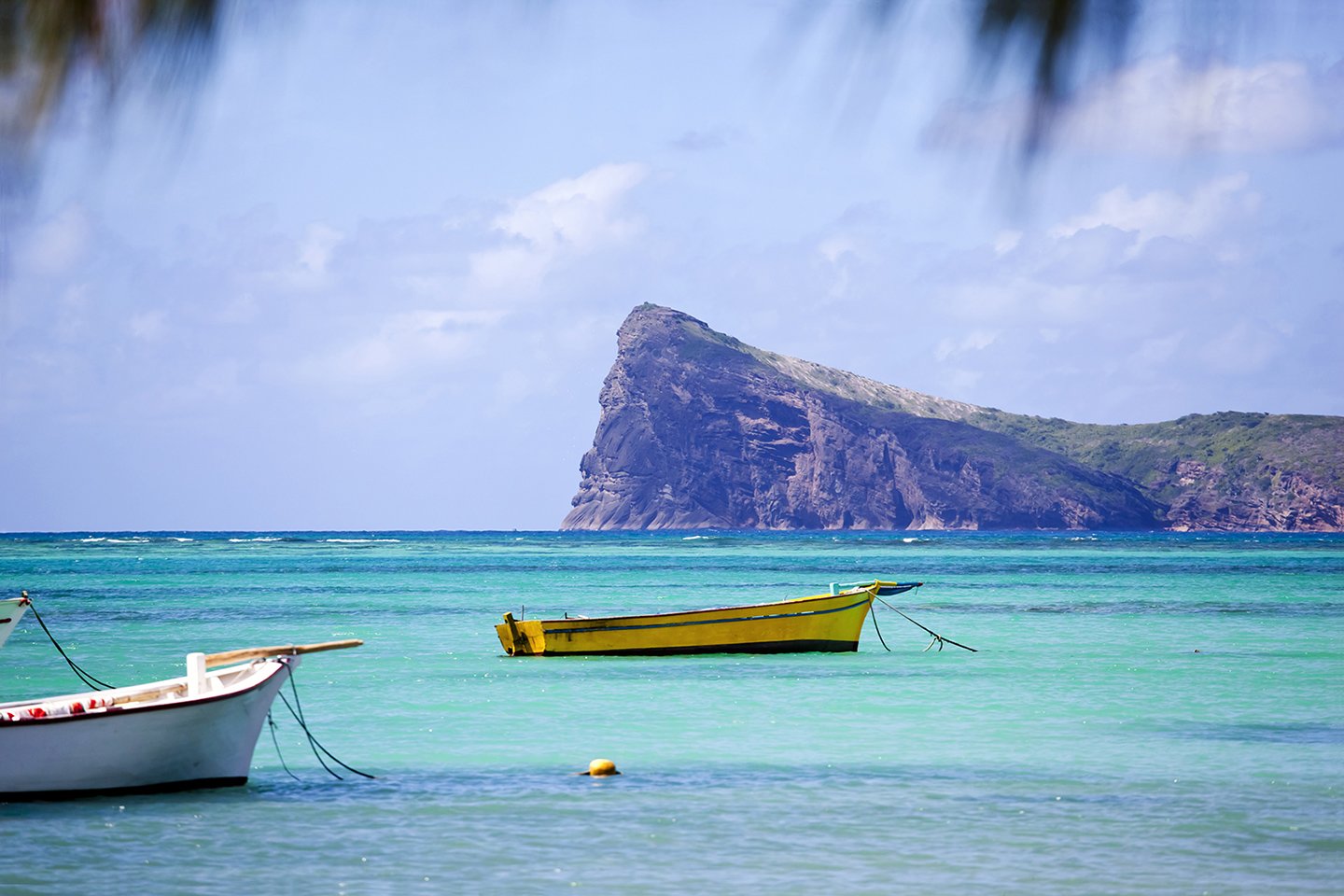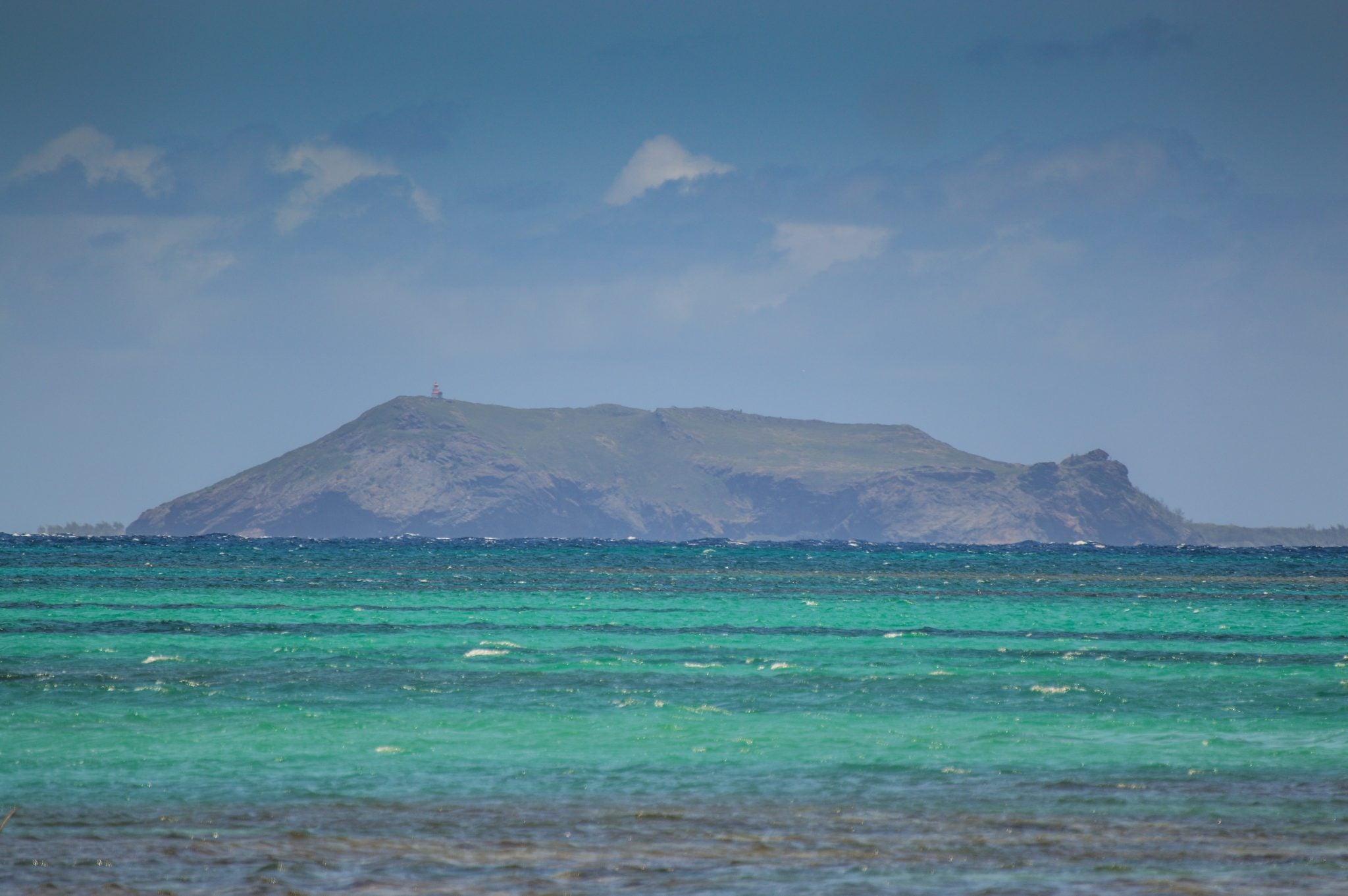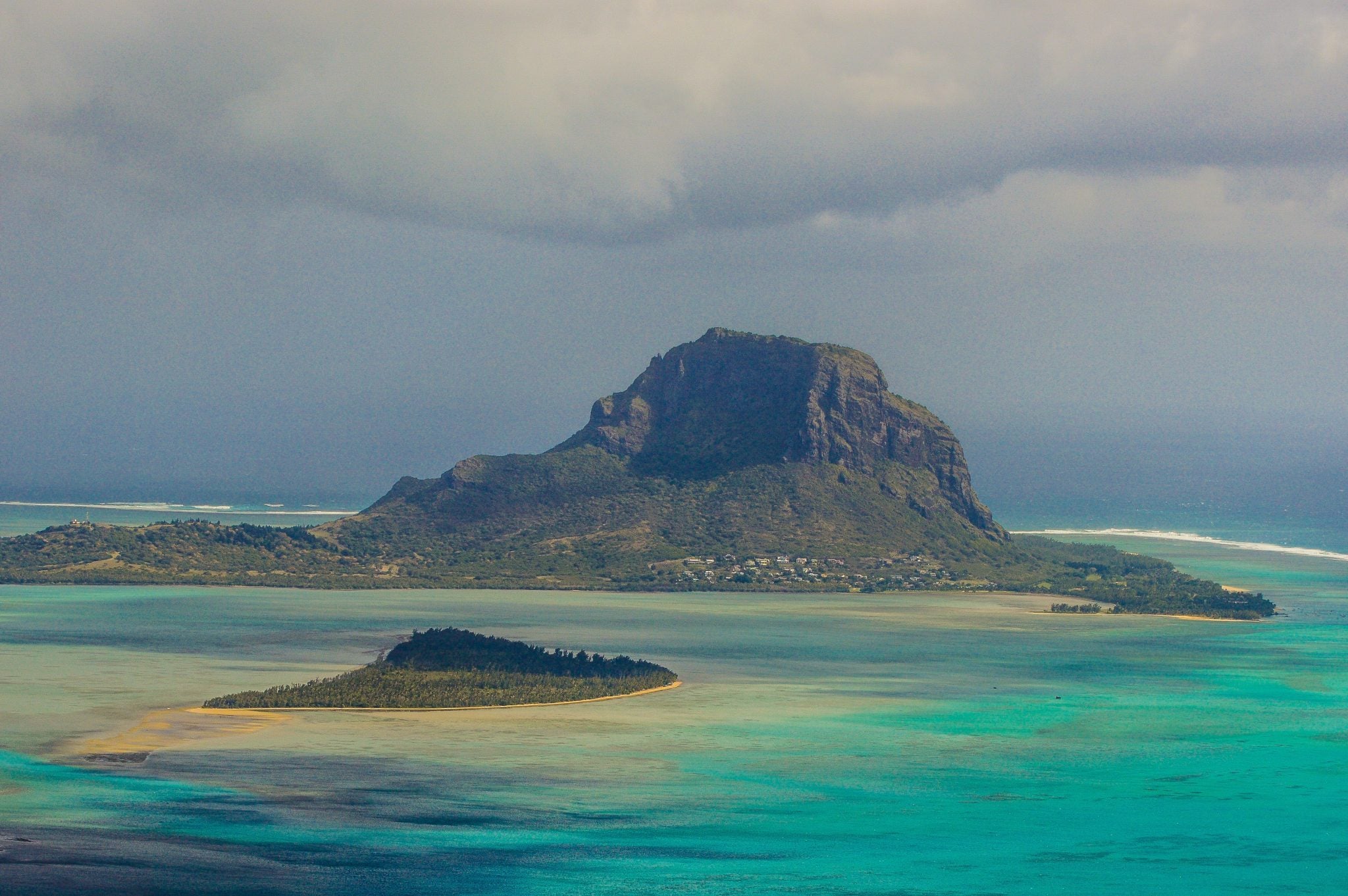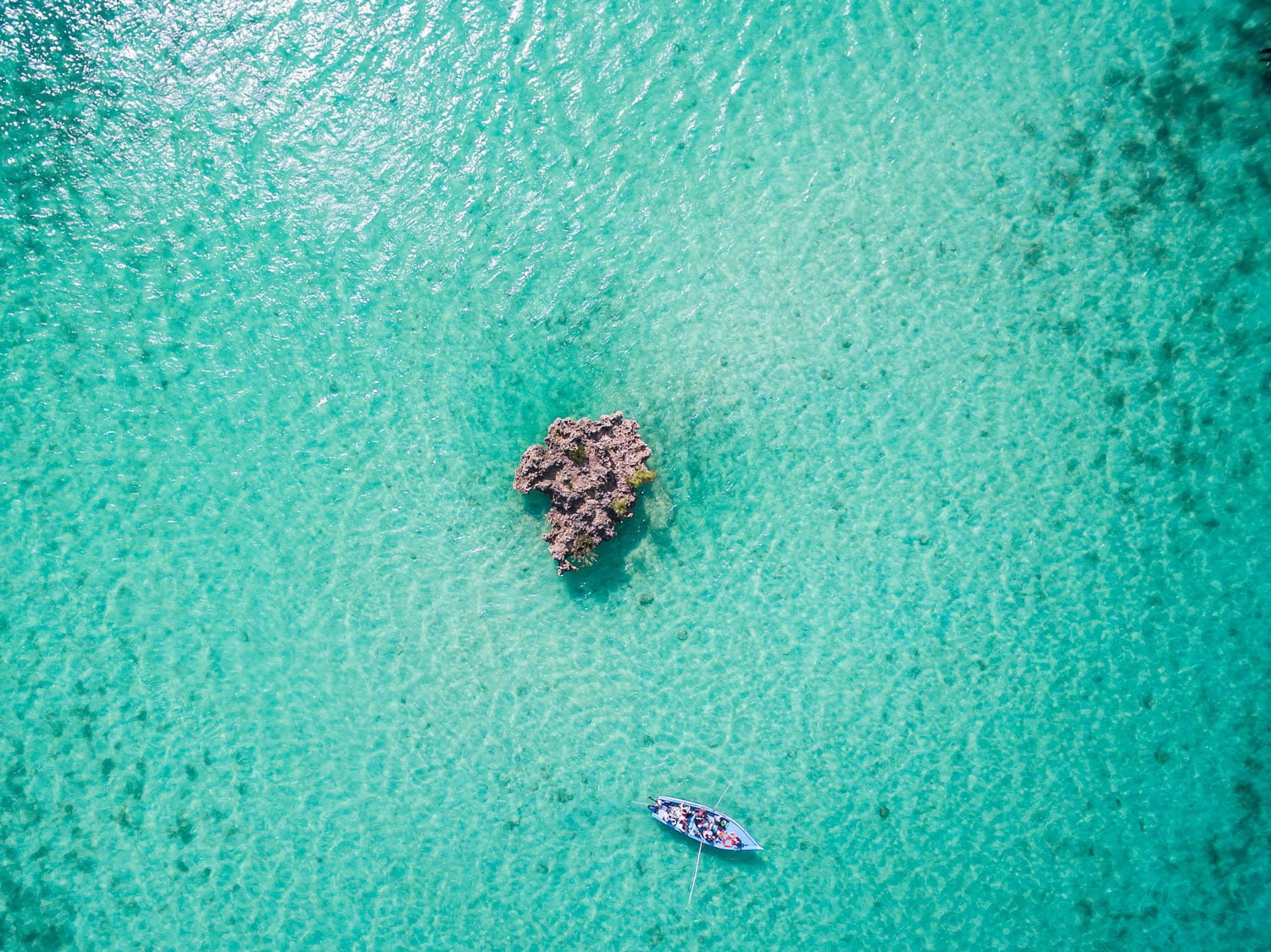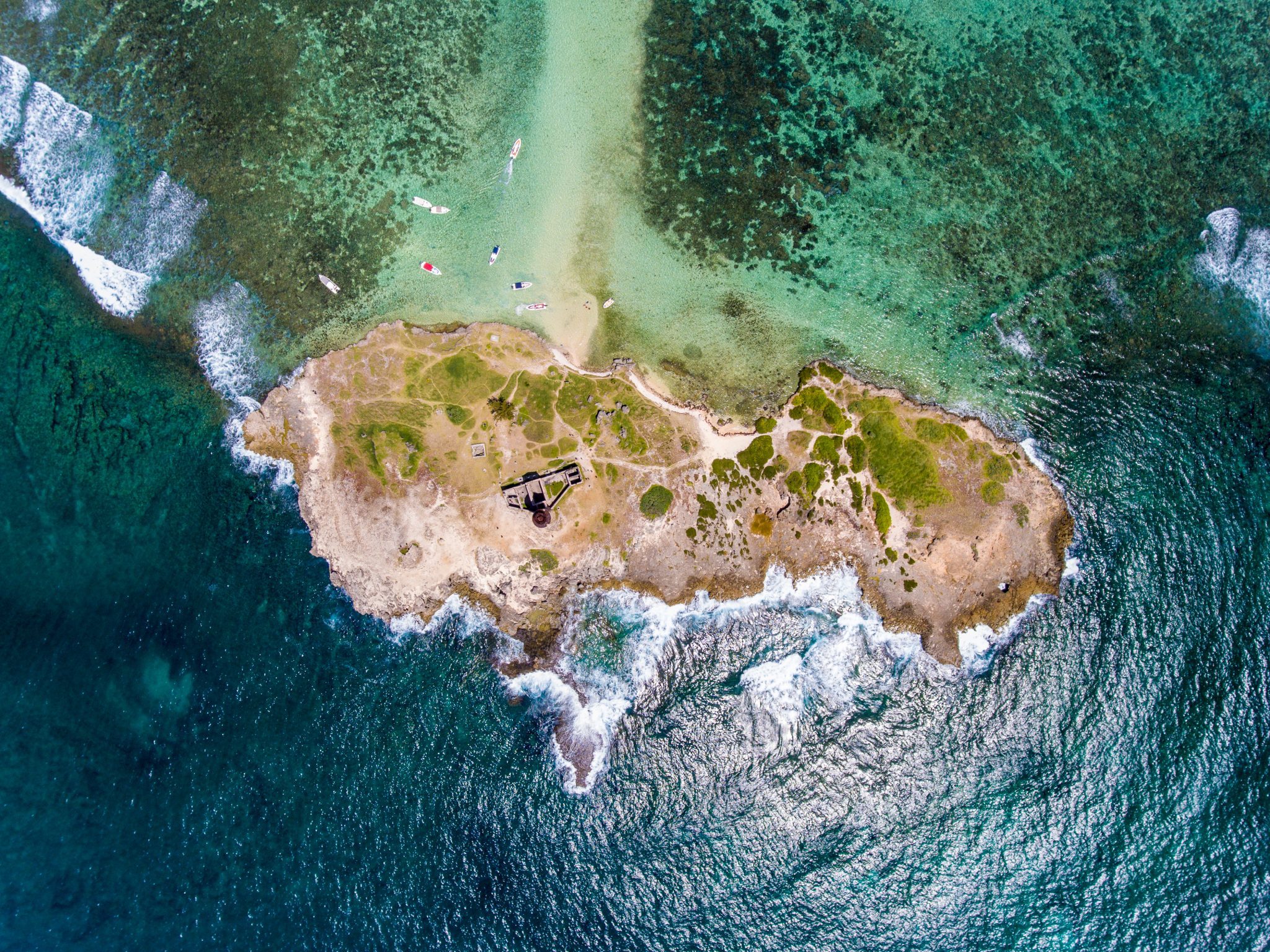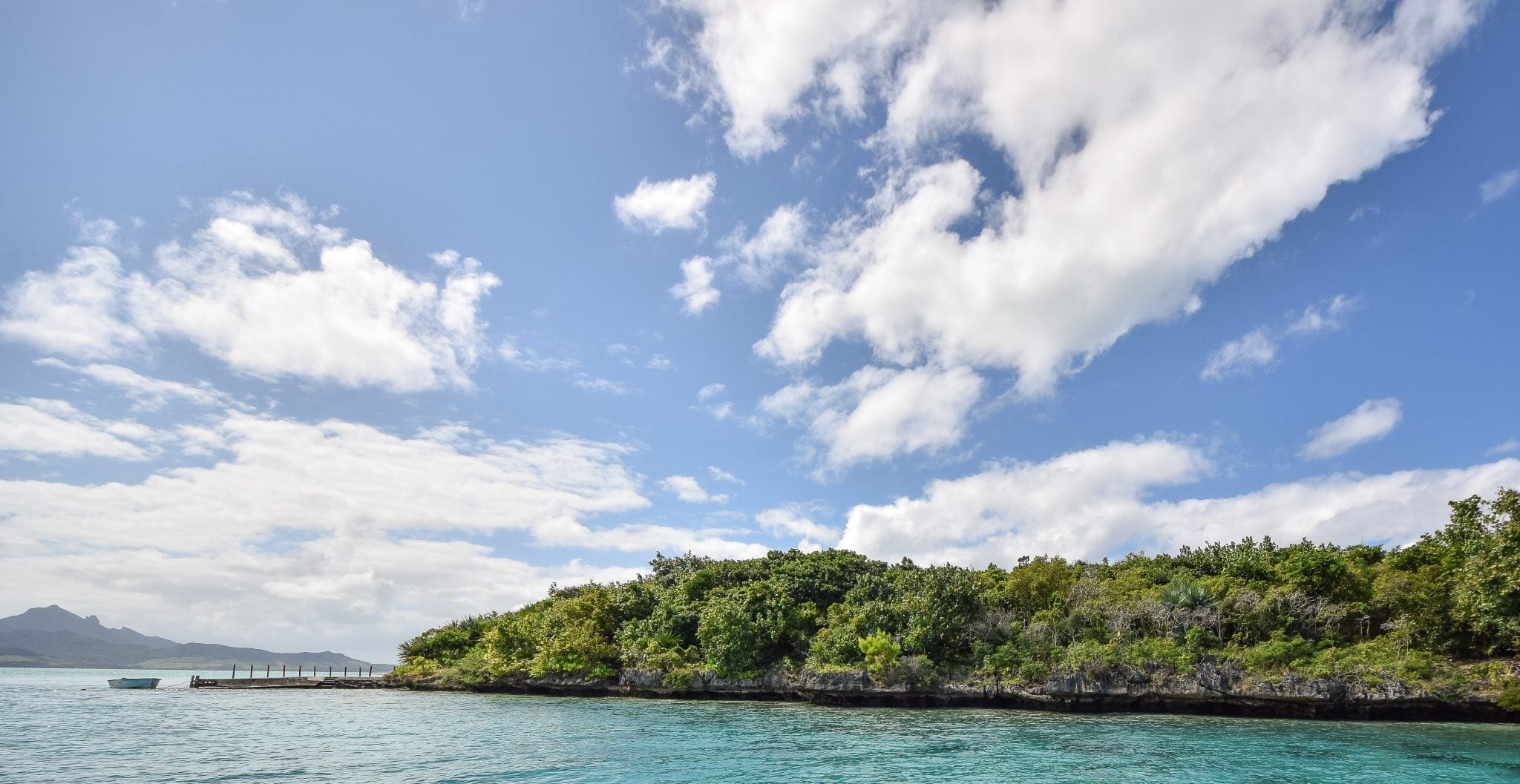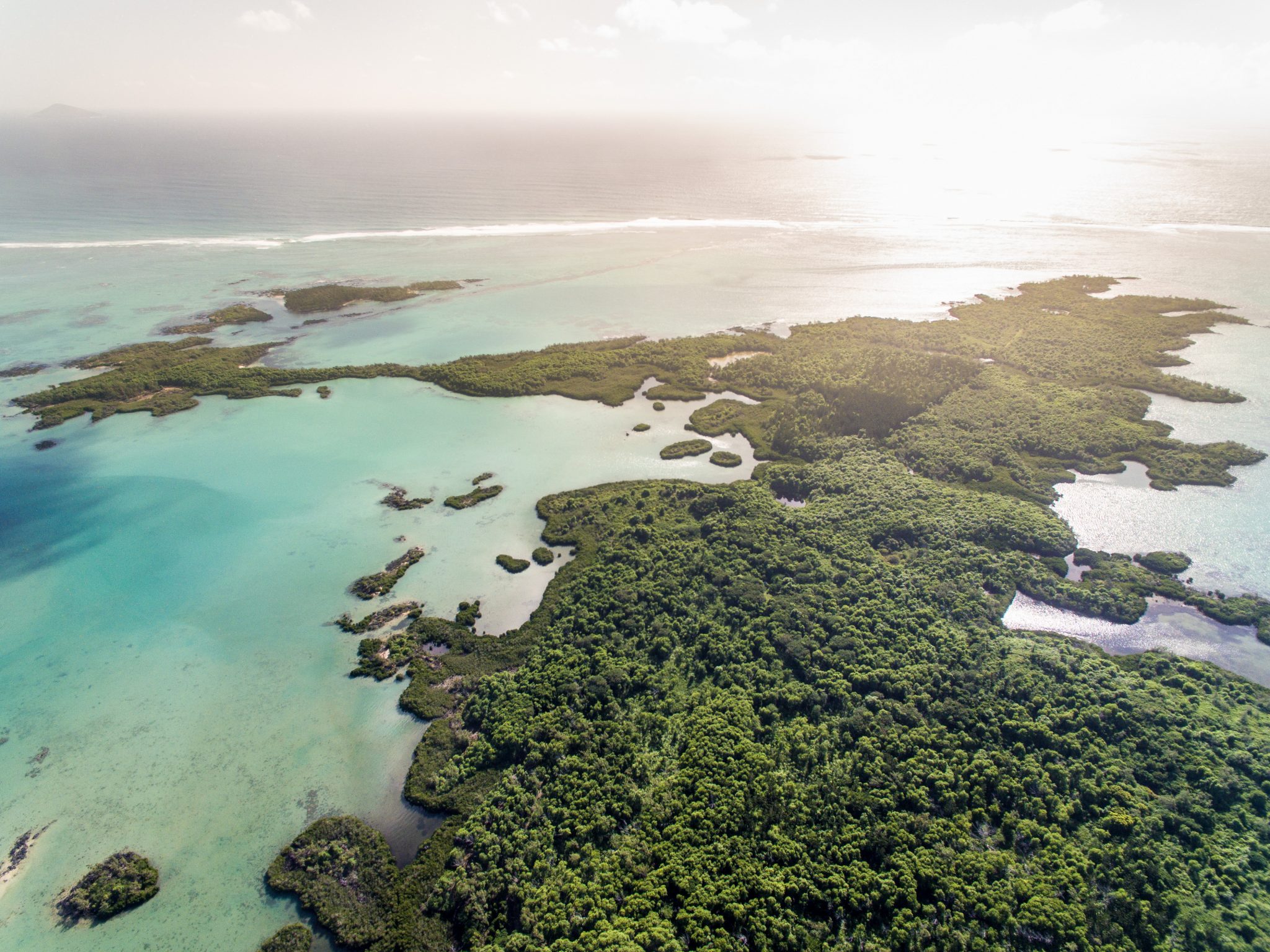Greg Scott: « Real luxury is being able to blur the boundaries between built spaces and the environment »

Greg Scott is the architect behind the new luxury residences at Heritage Villas Valriche. These havens of peace located in the heart of Heritage Bel Ombre are refreshing living spaces with an atypical architecture, one that combines interior and exterior spaces.
You’re working on Heritage Villas Valriche’s new villas. Where does your inspiration come from?
Heritage Bel Ombre is a lavish estate that feeds your creativity. It’s so easy to find inspiration in this enchanting place and designing these new villas has certainly been a rewarding project in my career. The hilly landscape, the impeccable golf course, the lush tropical vegetation, the breath-taking views of the sea, the mountains and the golf course are all charming assets that make the site even more graceful. Add to that Bel Ombre’s historic chateau and we have a beautiful canvas to work with. Our role has been to design villas that make the most out of this unique environment and create a lifestyle that lives up to it.
Can you tell us about the architectural concept of these new villas?
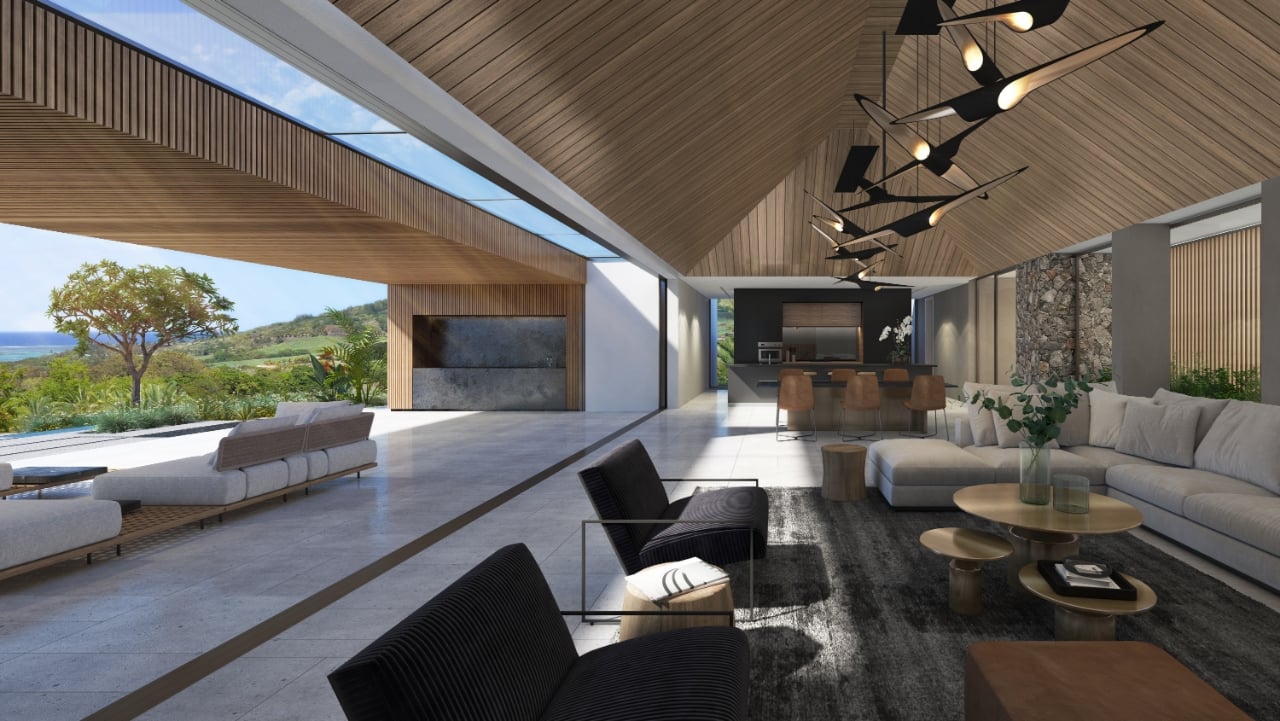
Decorating just to decorate is a thing of the past. Nowadays, the concept of luxury has completely changed: true luxury is all about minimalism. It means being able to blur the boundaries between built spaces and the environment, especially for a development such as Heritage Villas Valriche. It’s no longer about creating spaces where people are confined to live between the walls and the roof. This is why we sought, as far as possible, to dematerialise the villas so that they merge with the external environment.
So how exactly do you realize that?
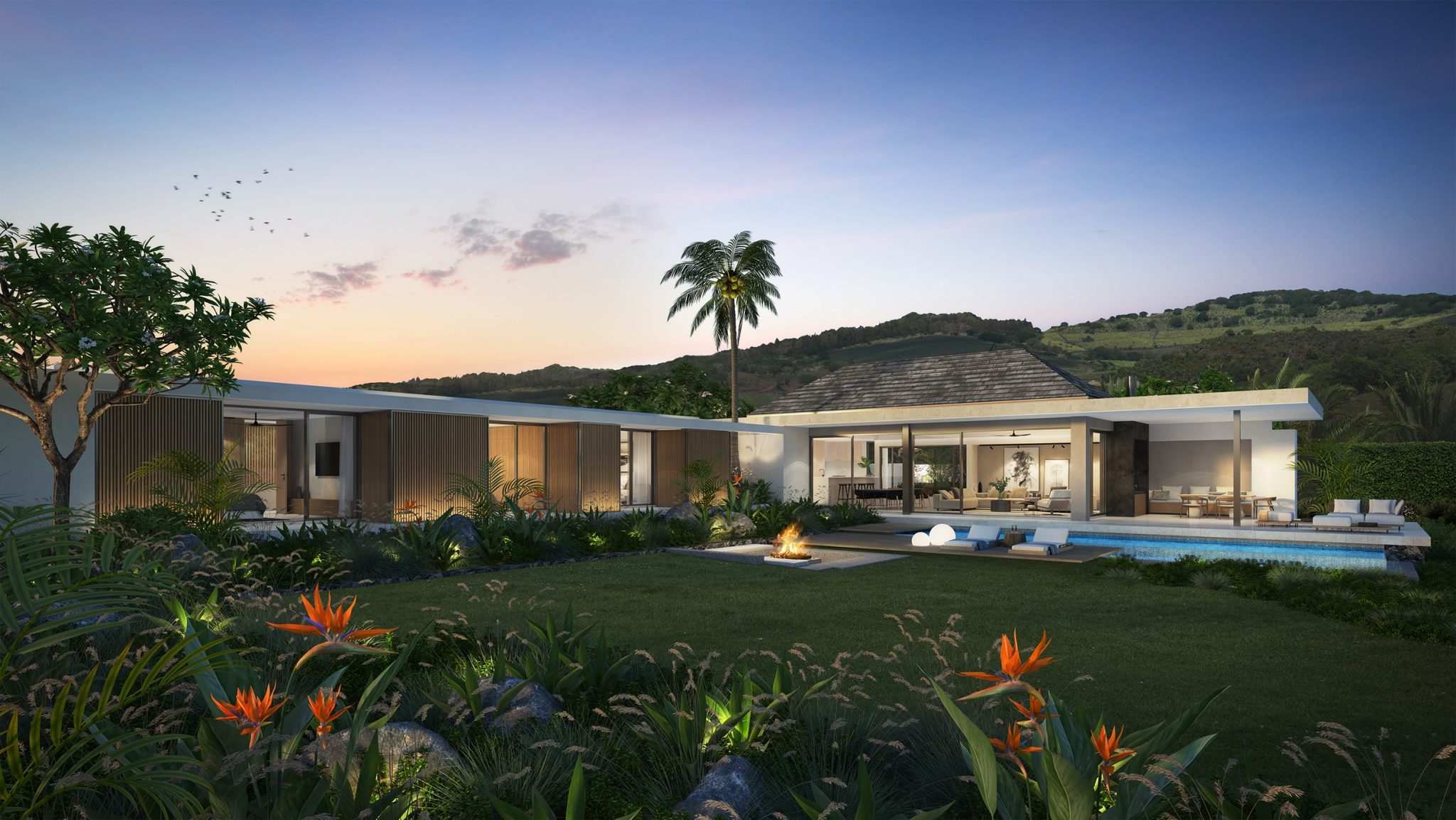
An increasing number of potential buyers are looking to open their houses to the outside. To meet this growing demand, we sought to eliminate the walls that separate the interior from the exterior as much as possible. They are replaced by large bay windows which, in addition to offering an exceptional panorama, amplify the space. The swimming pools, terraces and gardens also go far beyond their primary role and combine perfectly with the interior. We have additionally promoted the use of the finest materials that easily transport residents into the Mauritian dolce vita. This symbiosis is a lifestyle in itself.
What are some of the challenges of this project?
In order to maintain a harmonious aesthetic, one of the challenges has been to carefully blend these new designs with the existing villas. All this while meticulously complying with the estate’s architectural guidelines , of course! We also had to propose styles that have character, while remaining classic enough to conform to the tastes of buyers of different nationalities.
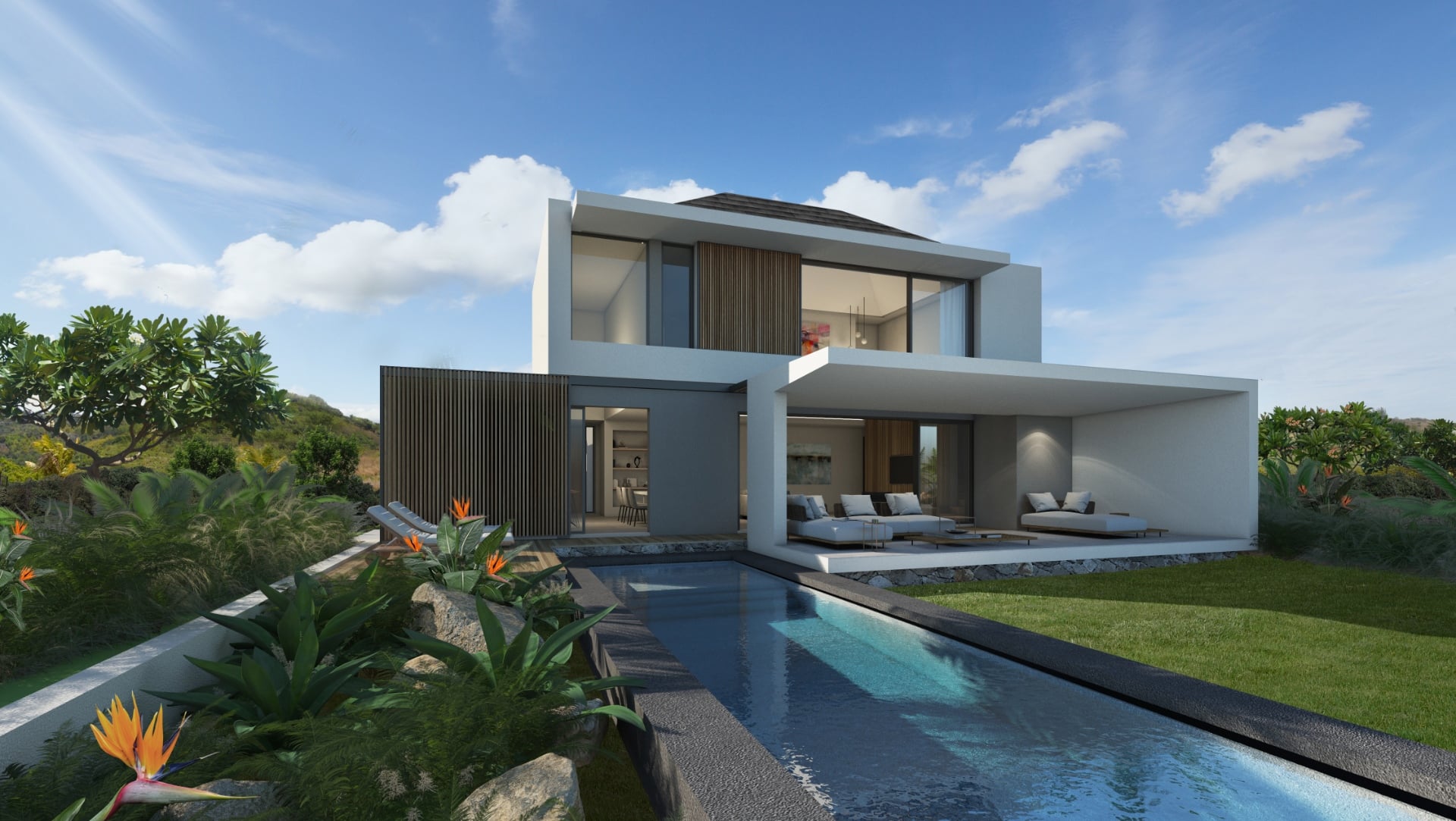
What are the main features of each type of villa?
We imagined three types of villas. The two-storey ‘Pure’ villa has three bedrooms – including a master suite. The second storey offers a breathtaking view, while the living room on the ground floor opens onto the terrace and garden outside.
If you prefer a single-storey residence, this second option may be better for you. The L-shaped ‘Glow’ villa comes with three bedrooms, each one with a private terrace. The outdoor covered areas are perfect for hosting a barbecue with friends and family. From its elevated position, this villa guarantees spectacular views of the lush garden, as well as the Heritage Bel Ombre estate.
As for the ‘Bliss’ villa, it is synonymous with space, openness and tranquillity. It features four bedrooms, including two master suites with private terraces, a dedicated home office space and a third covered outdoor patio. And, as a touch of extra elegance, large wooden sunscreens delicately filter the tropical light of the property’s landscaped garden.
Finally, what are the advantages of living in Mauritius according to you?

I often visit your island and every time, I am amazed by the beauty of the landscapes and kindness of the inhabitants. From my discussions with clients who have invested here, I also gathered that the country offers good economic opportunities.
All elements come together for a pleasant and dynamic living environment!


